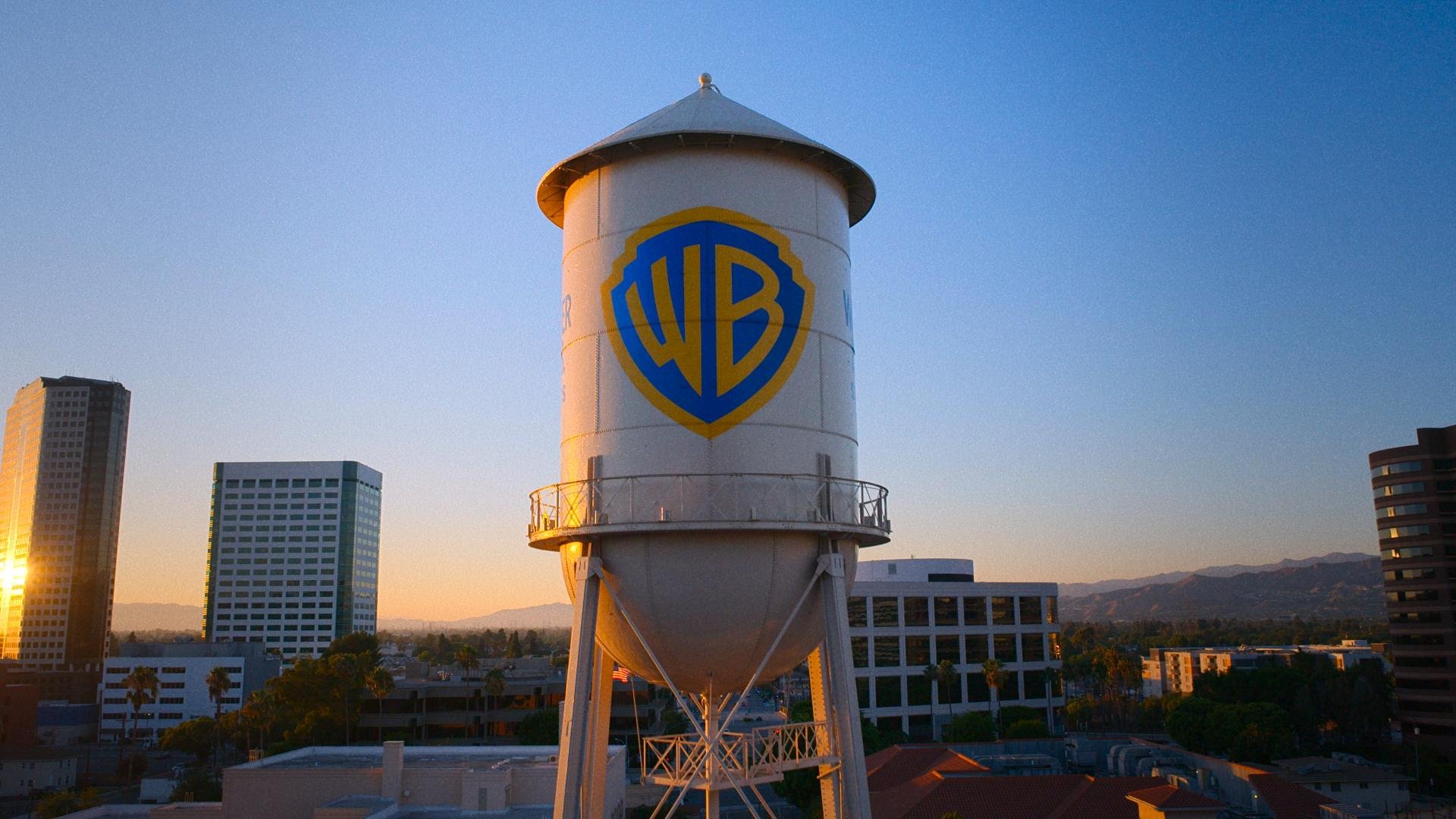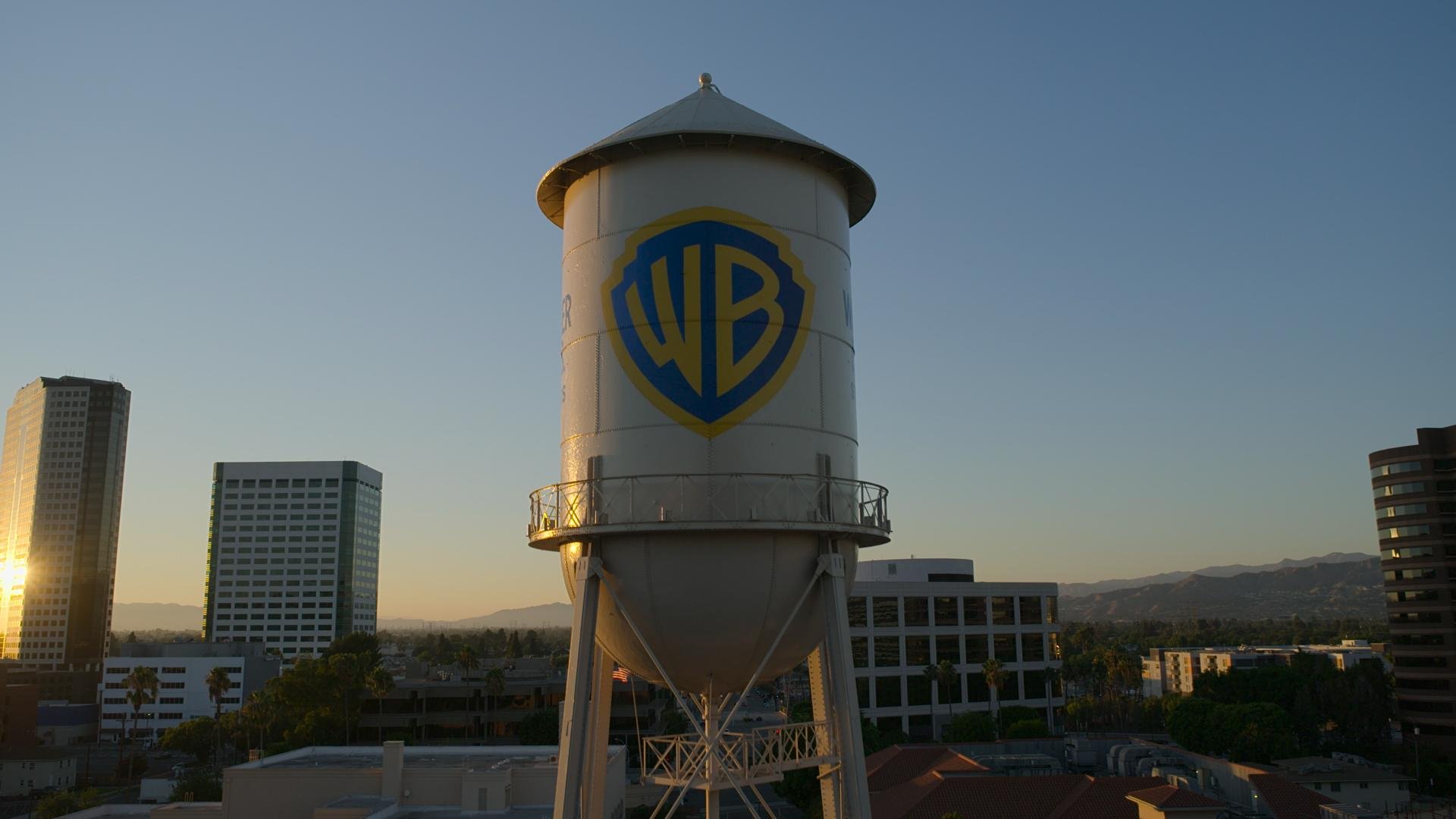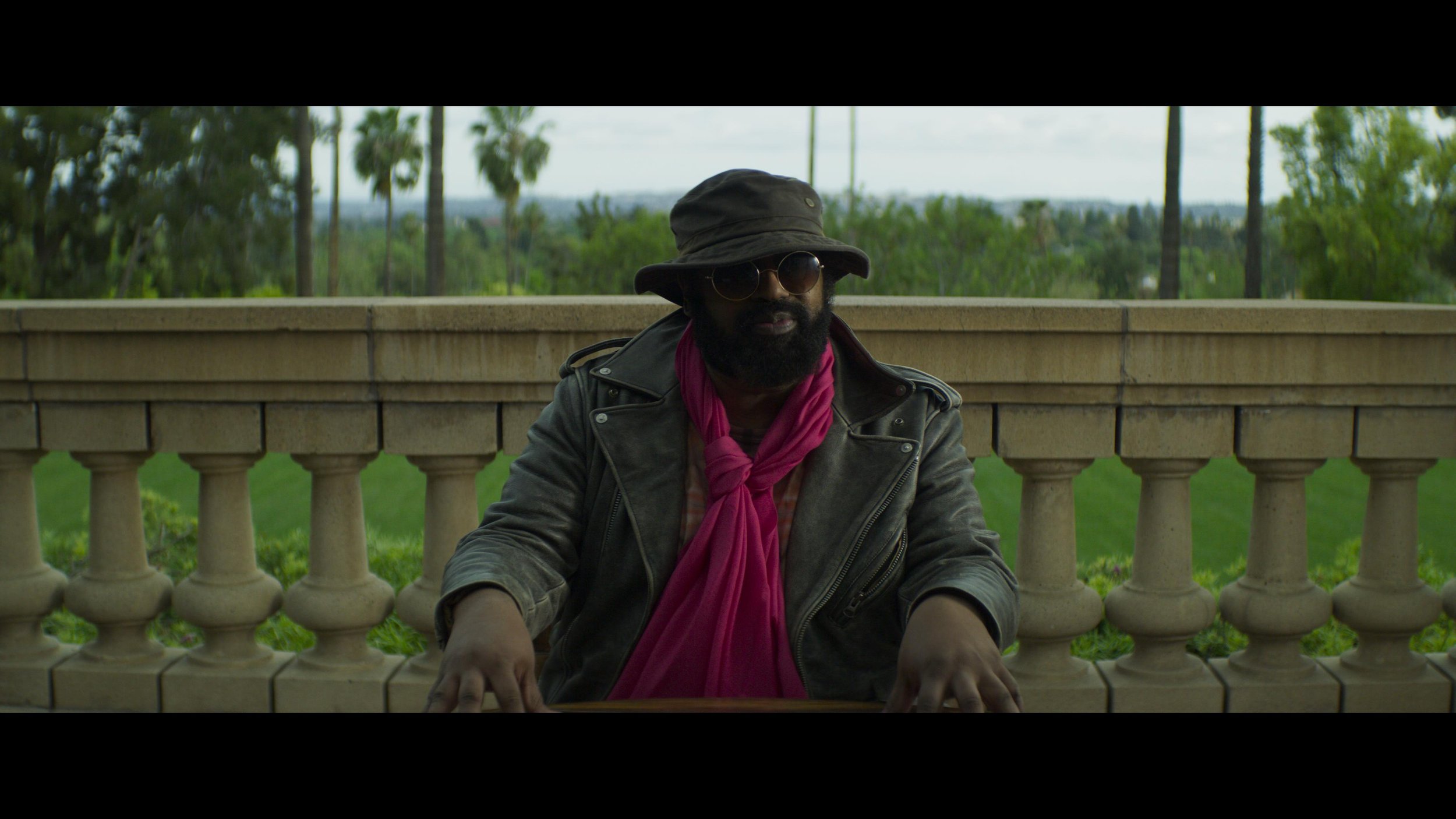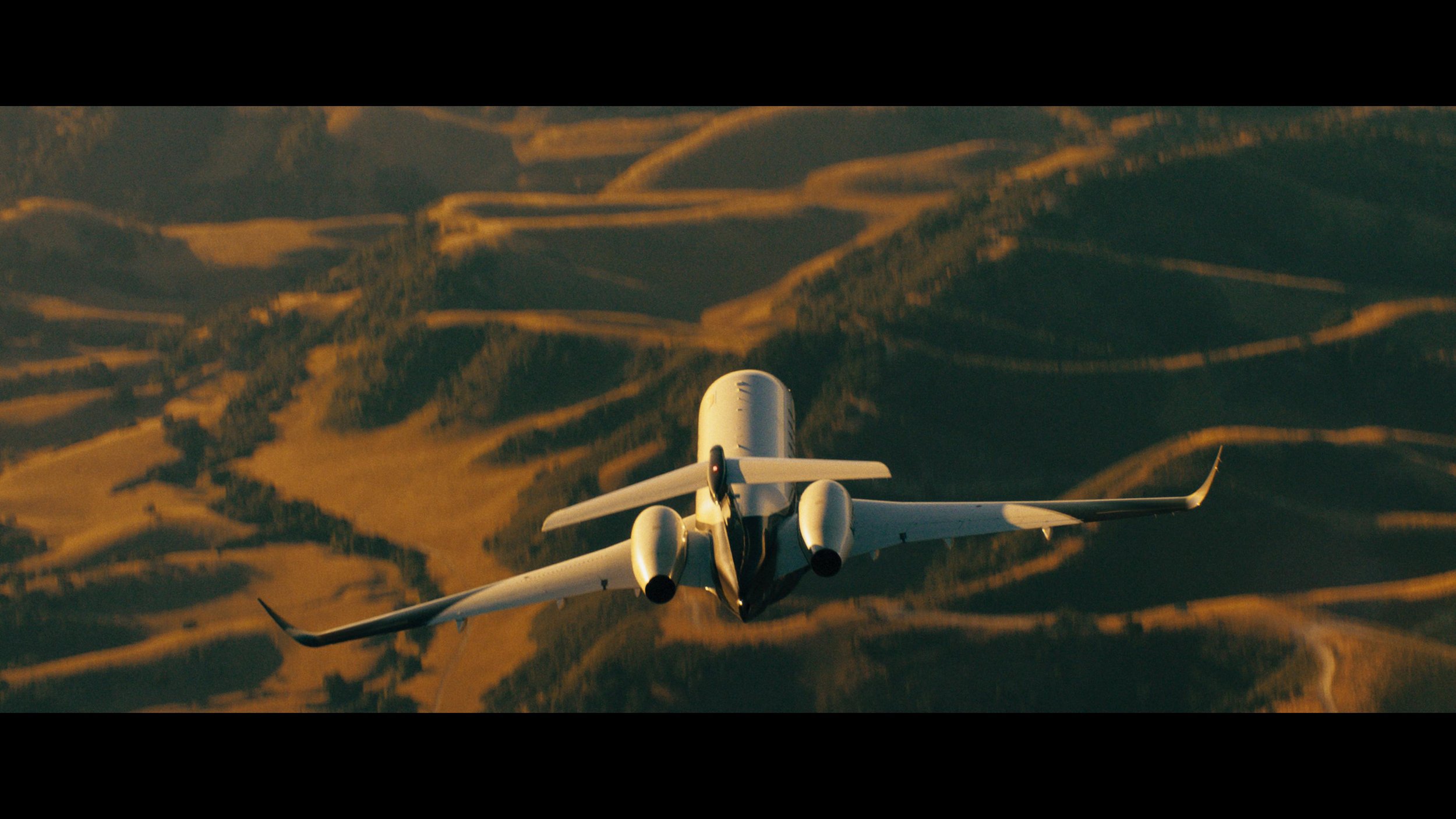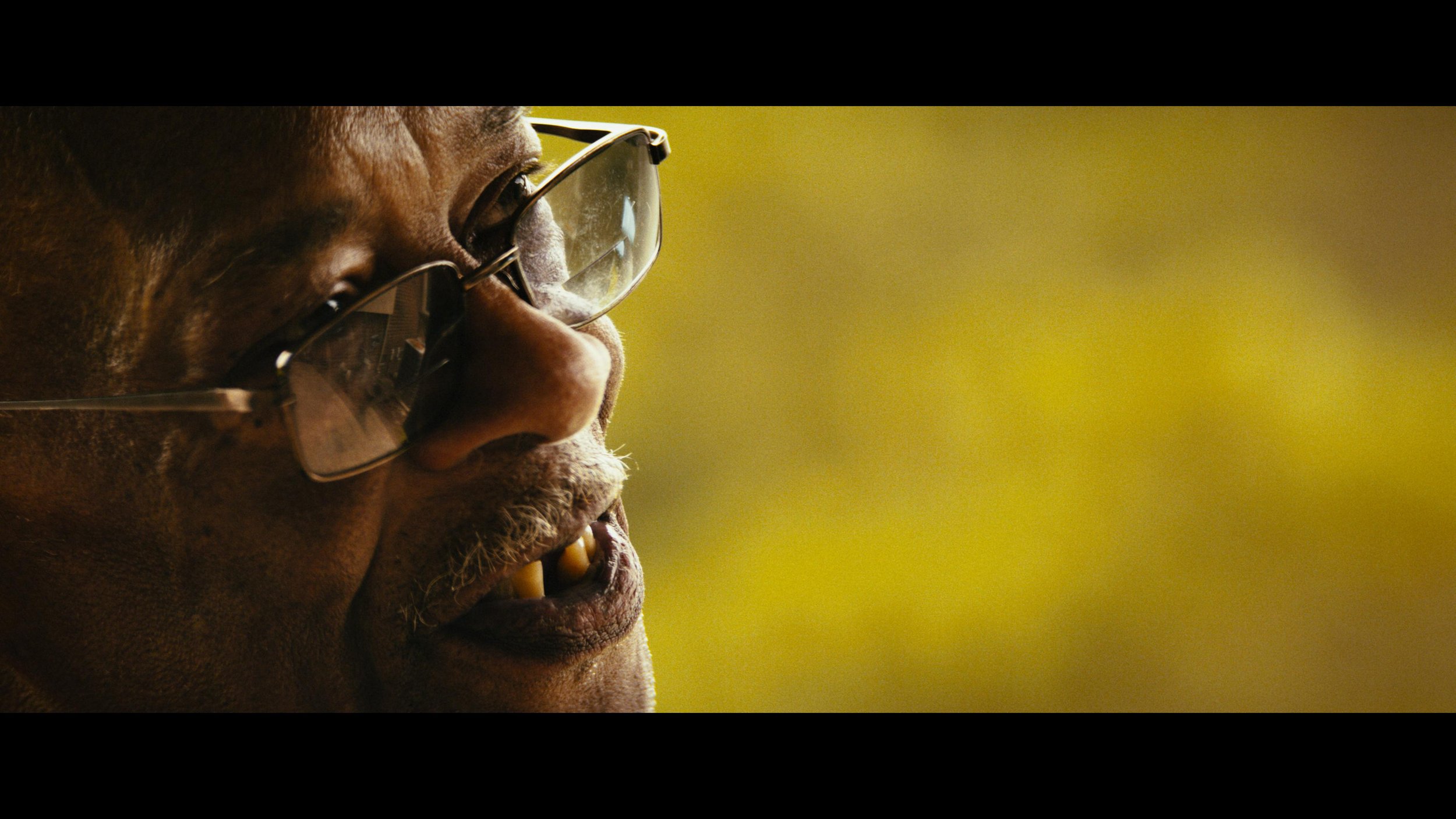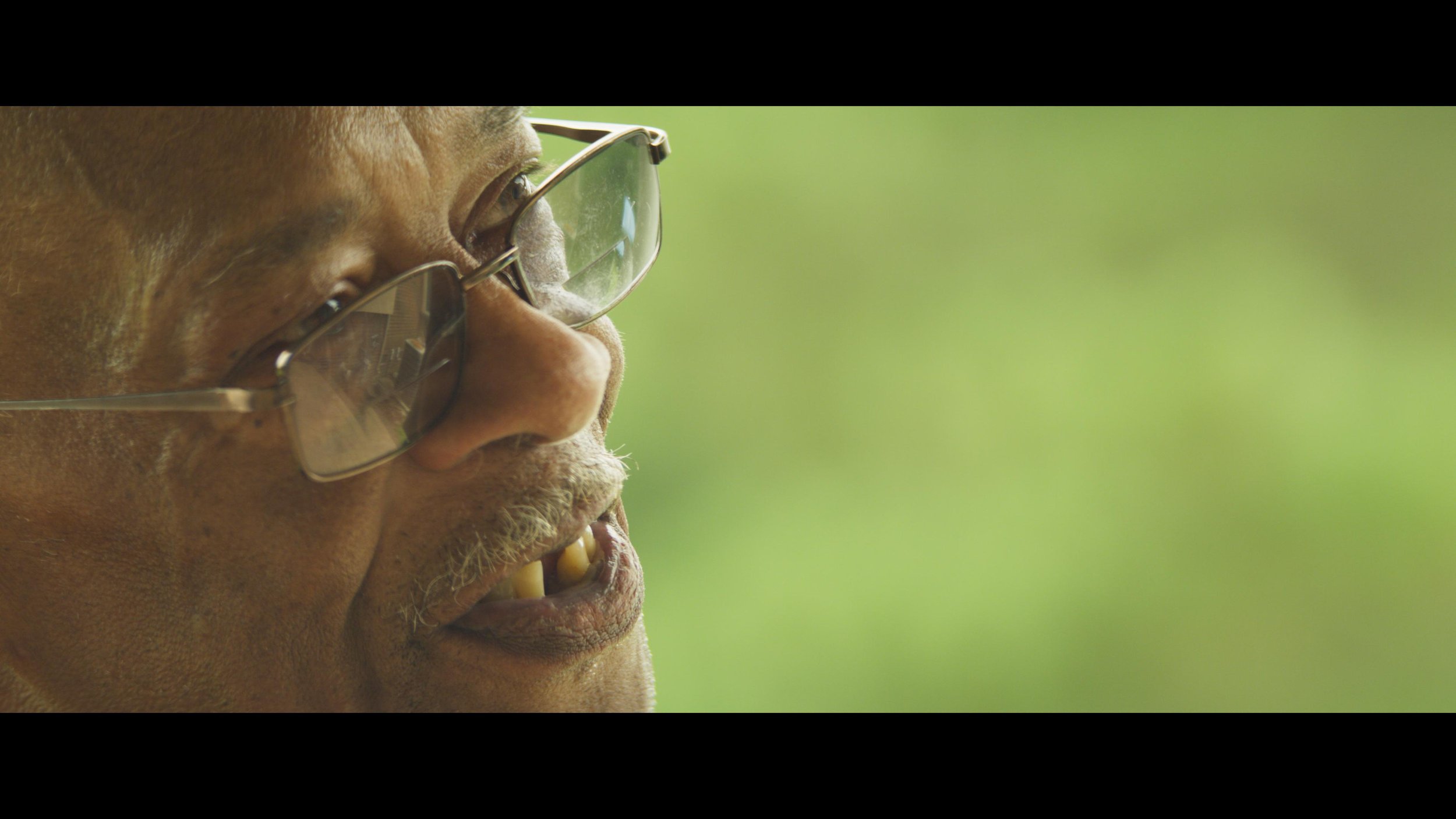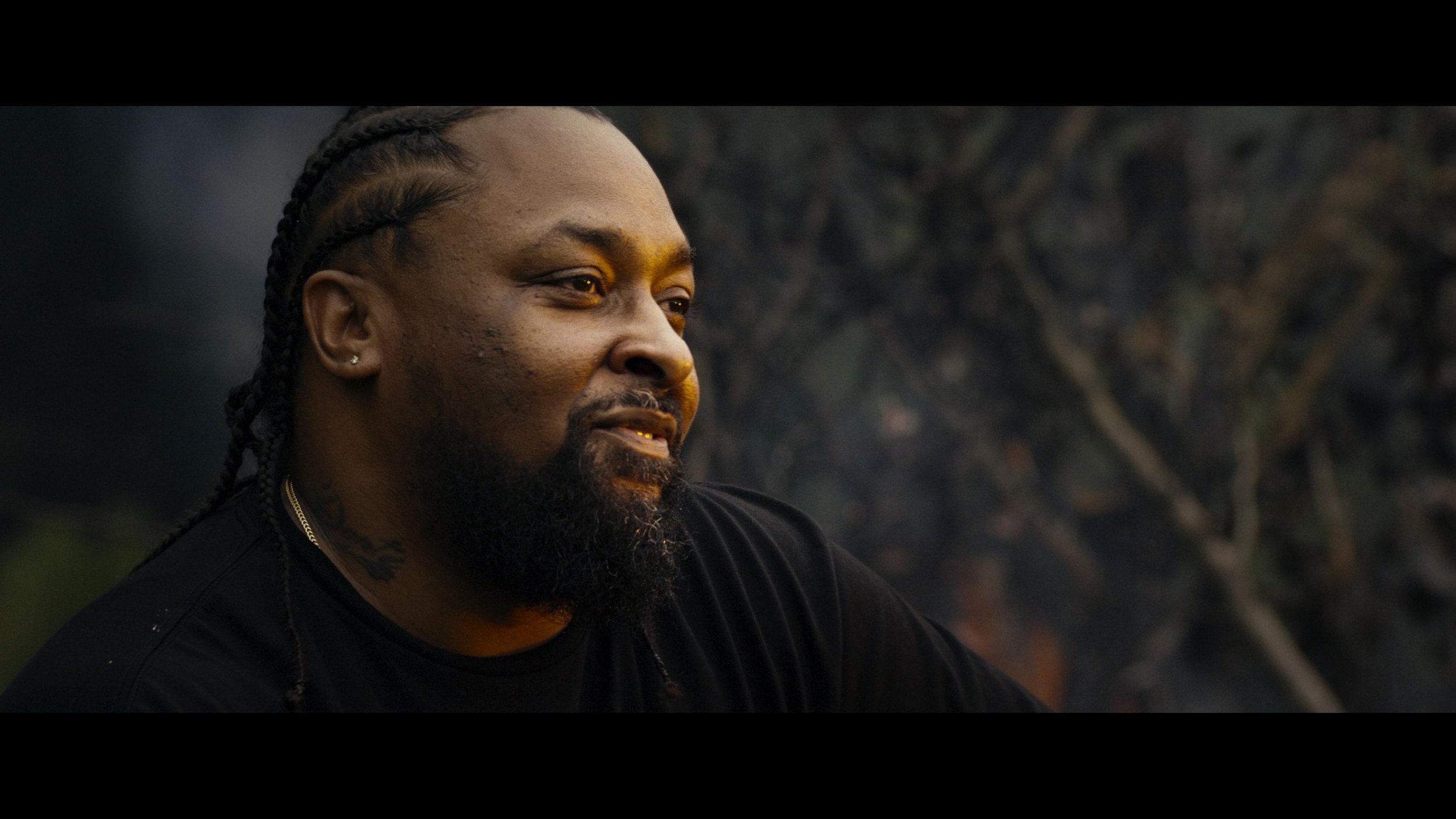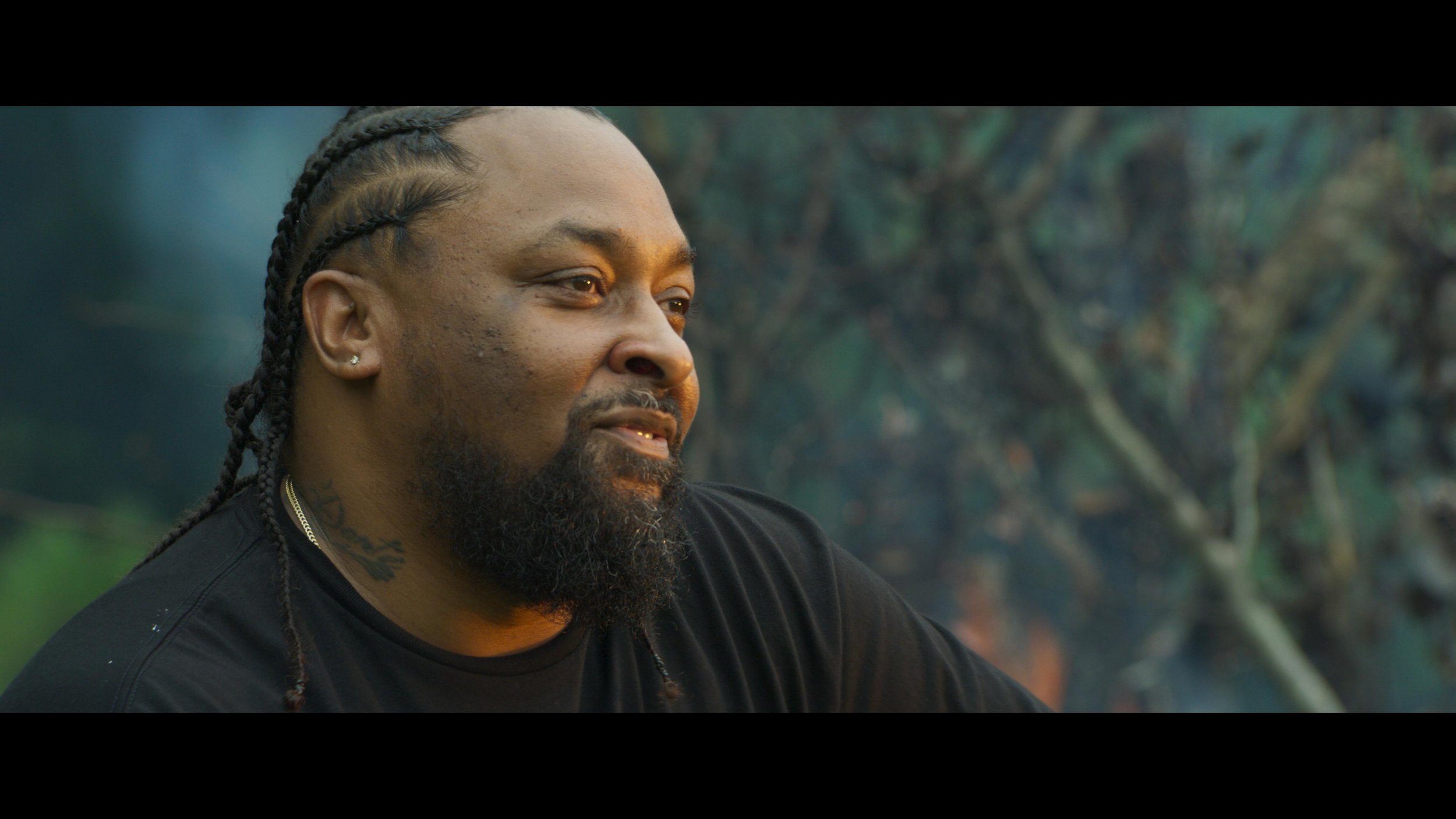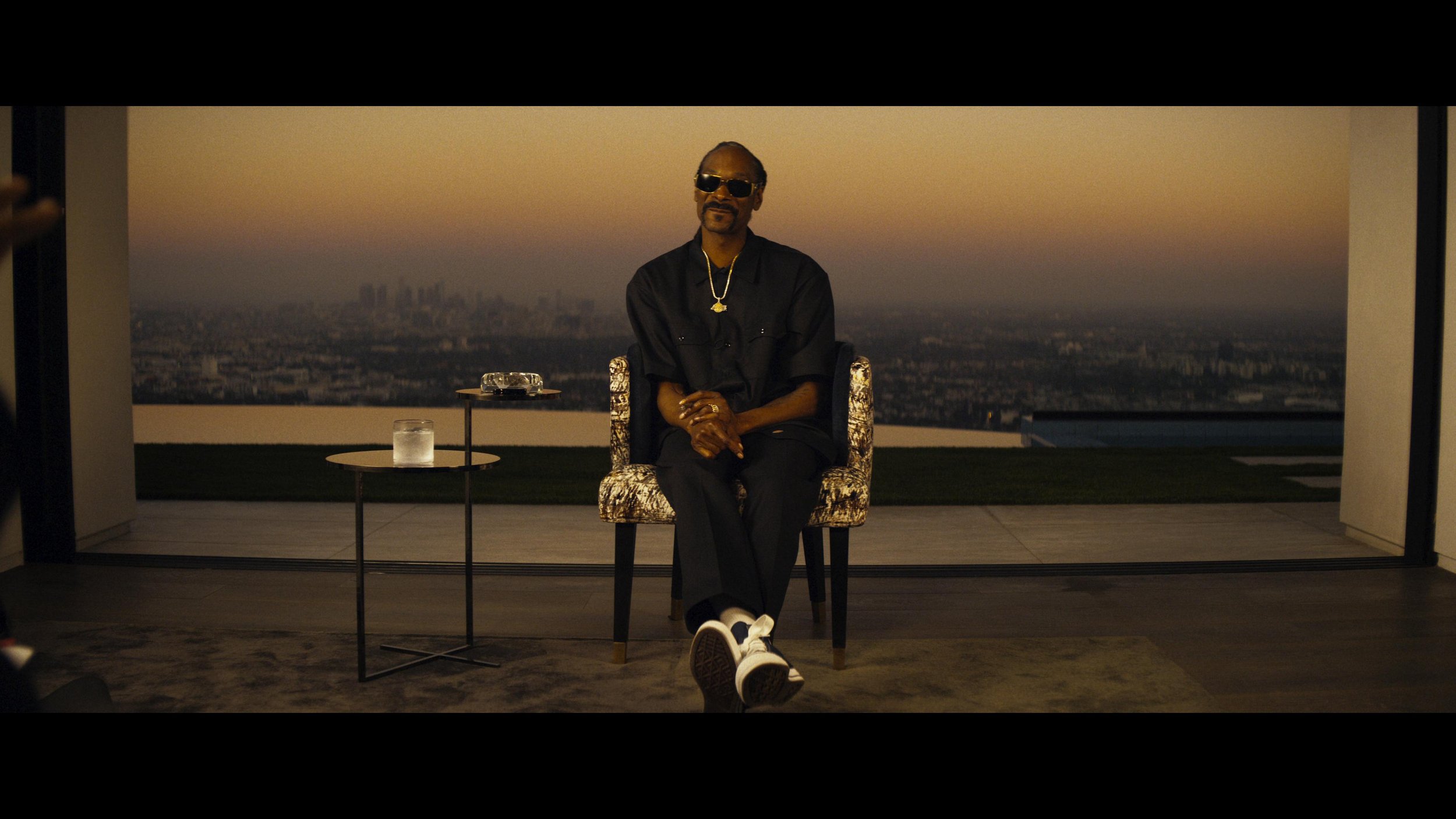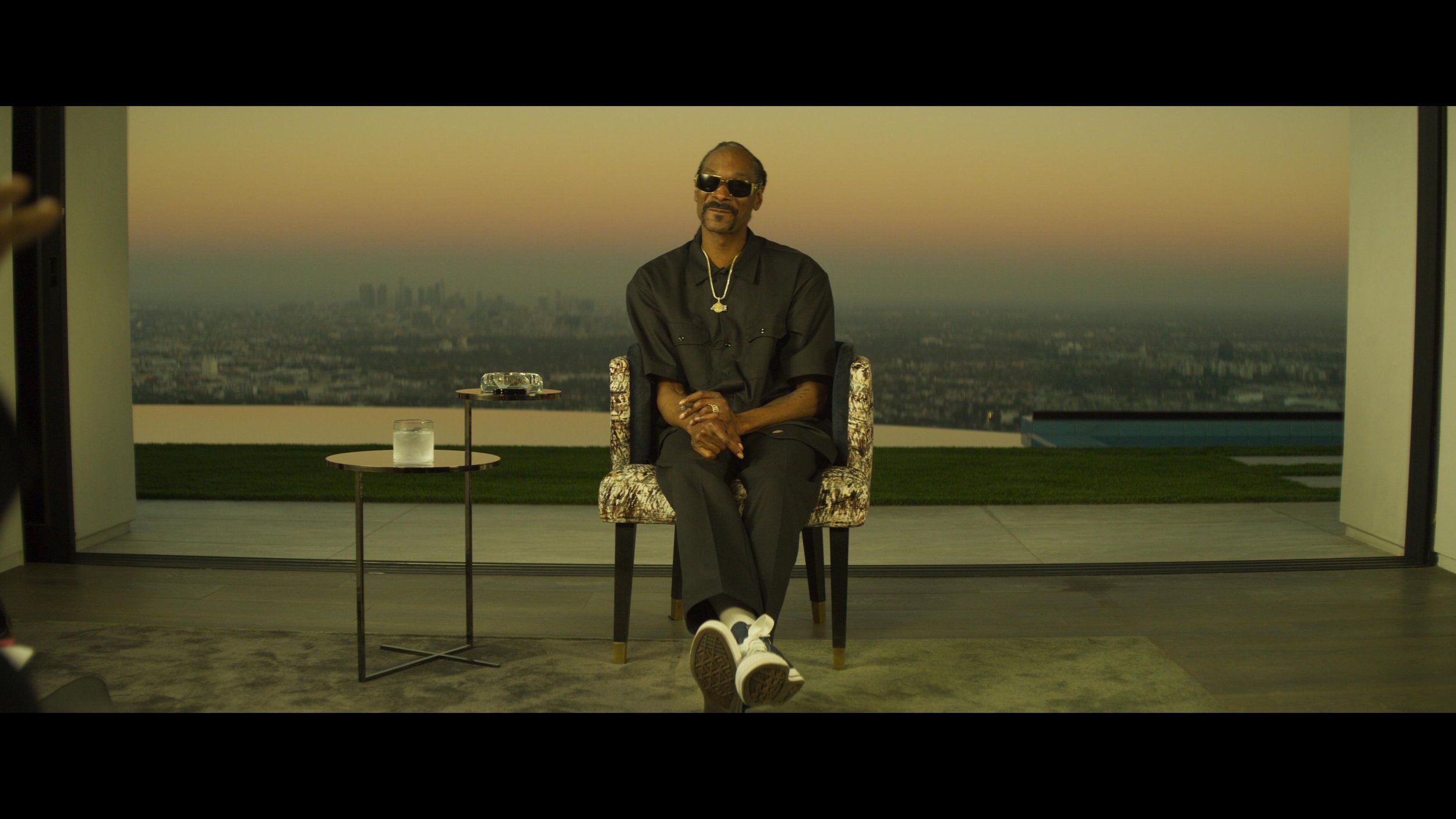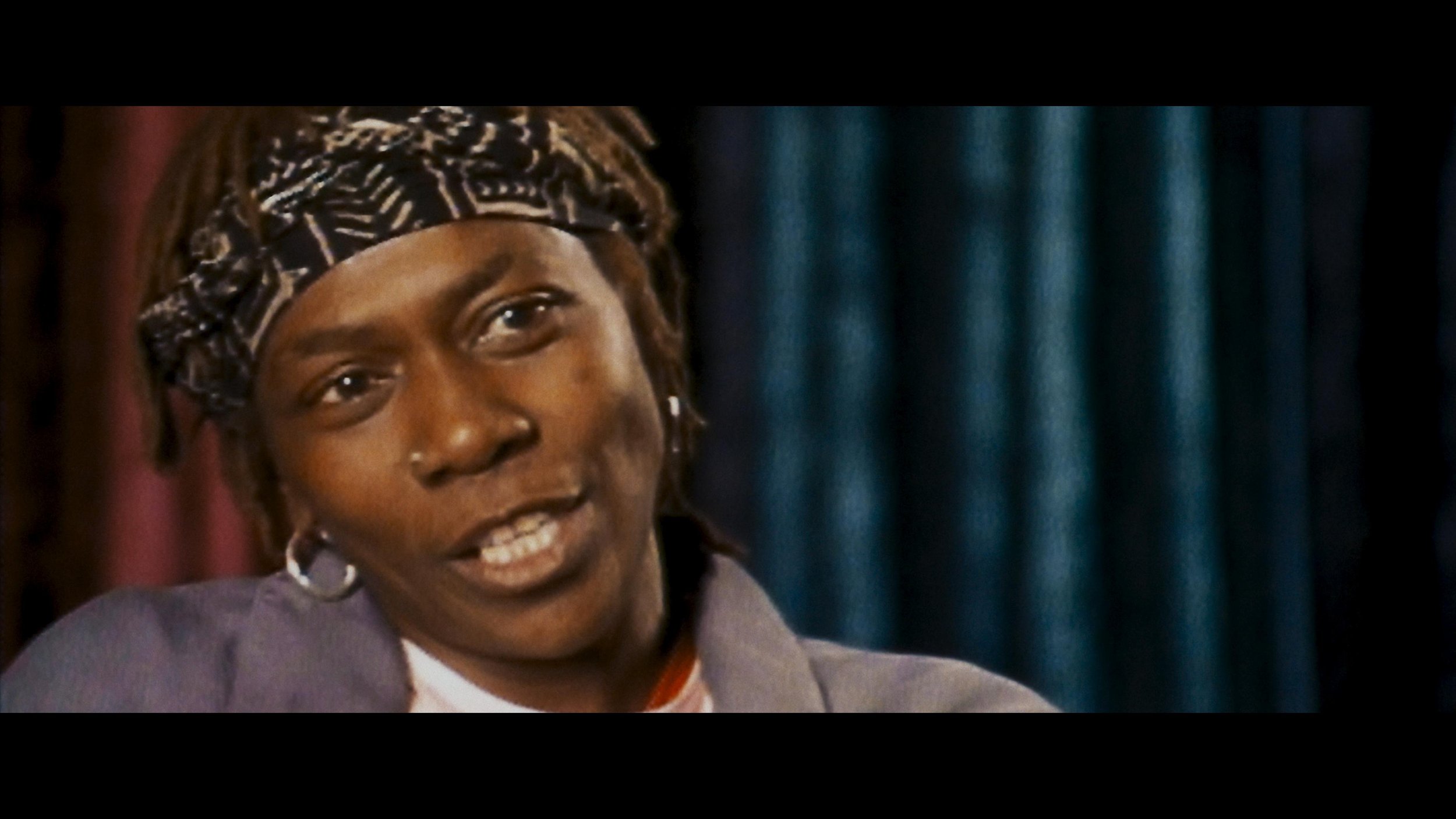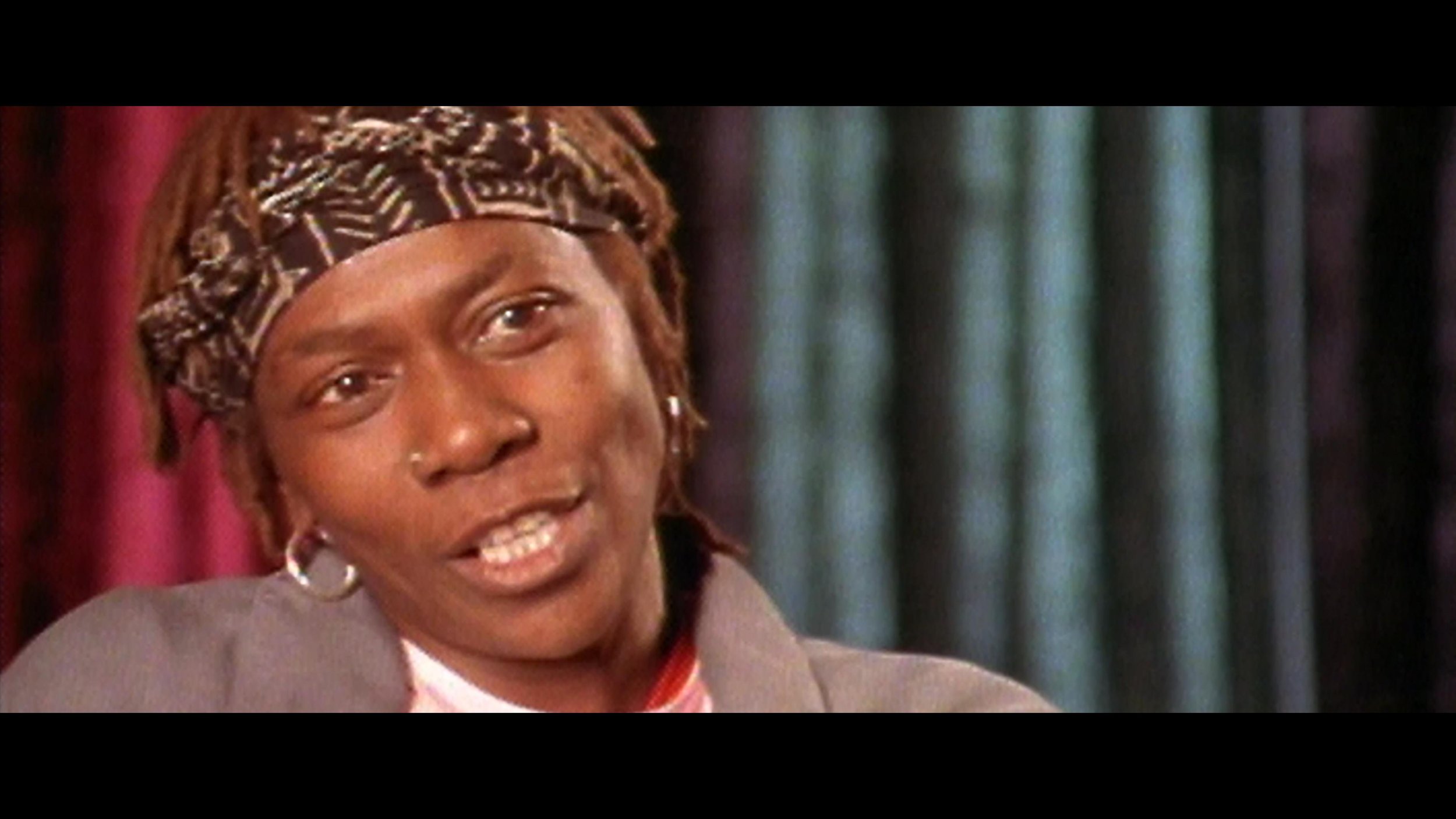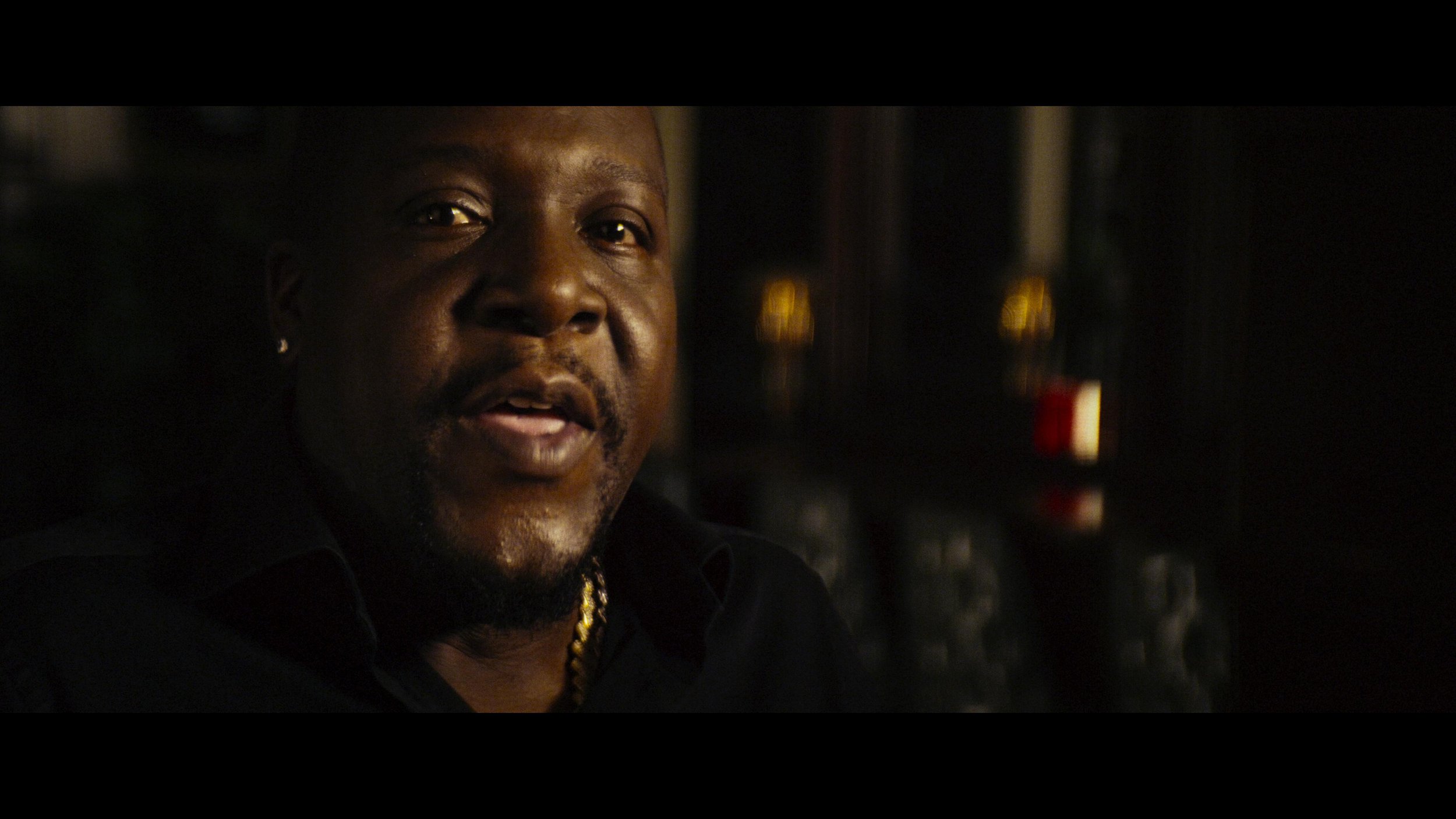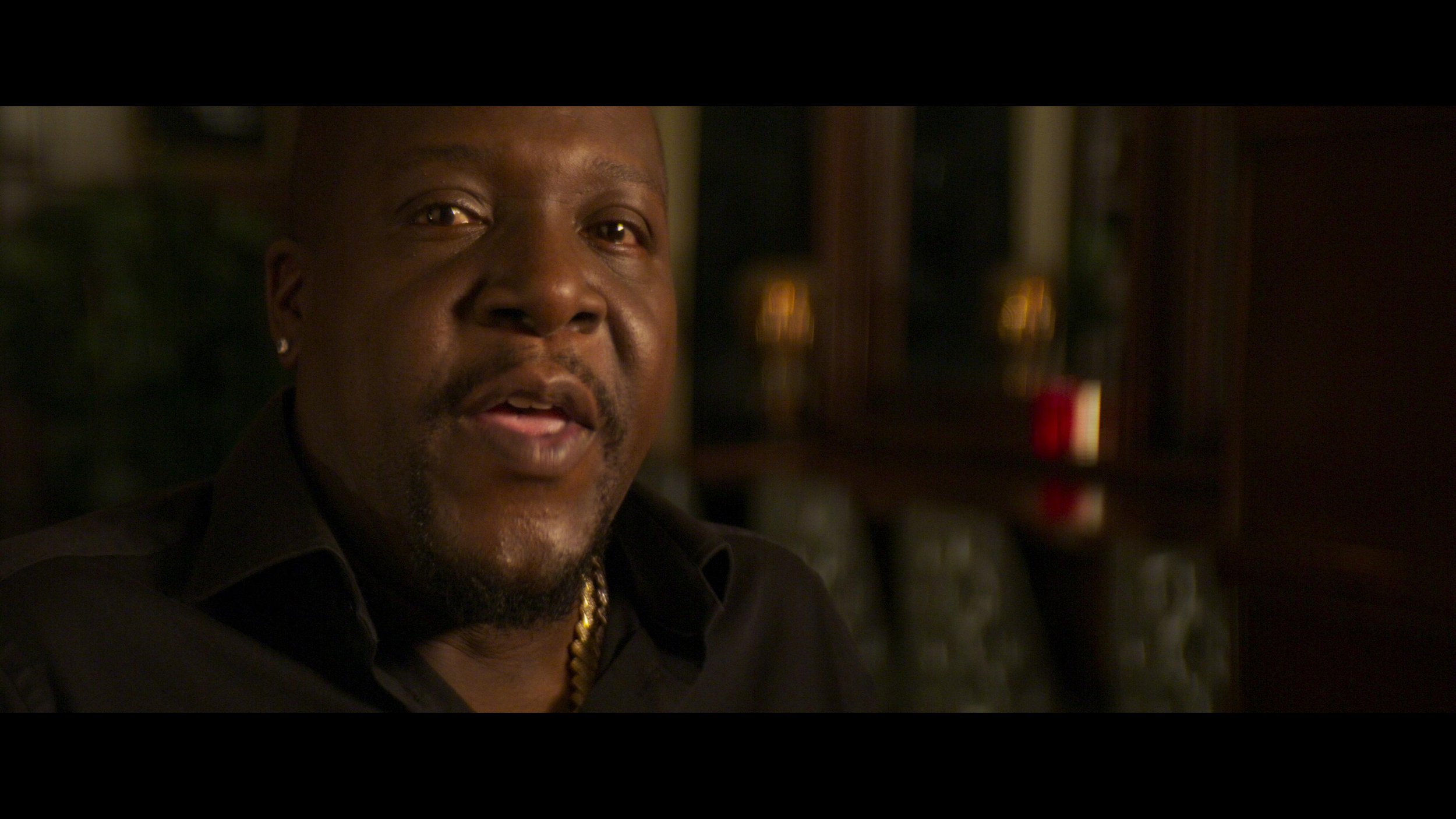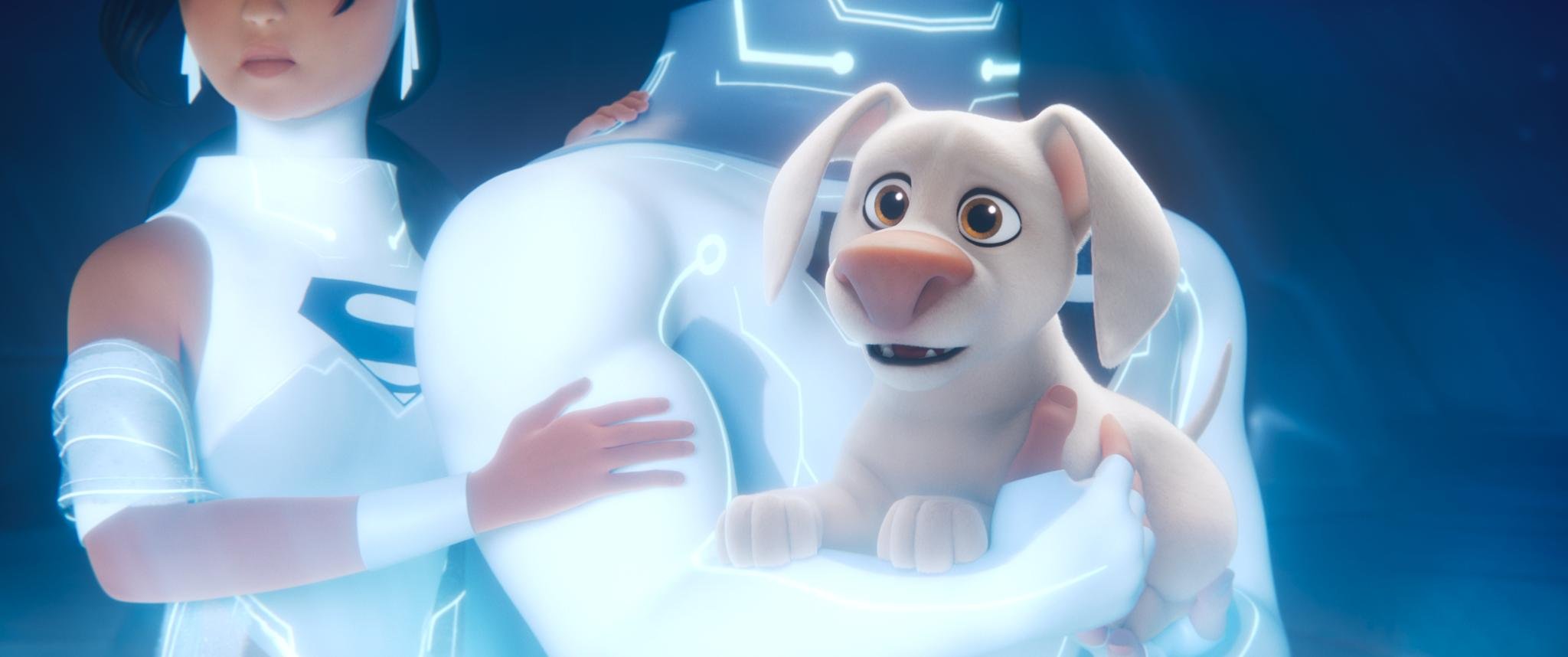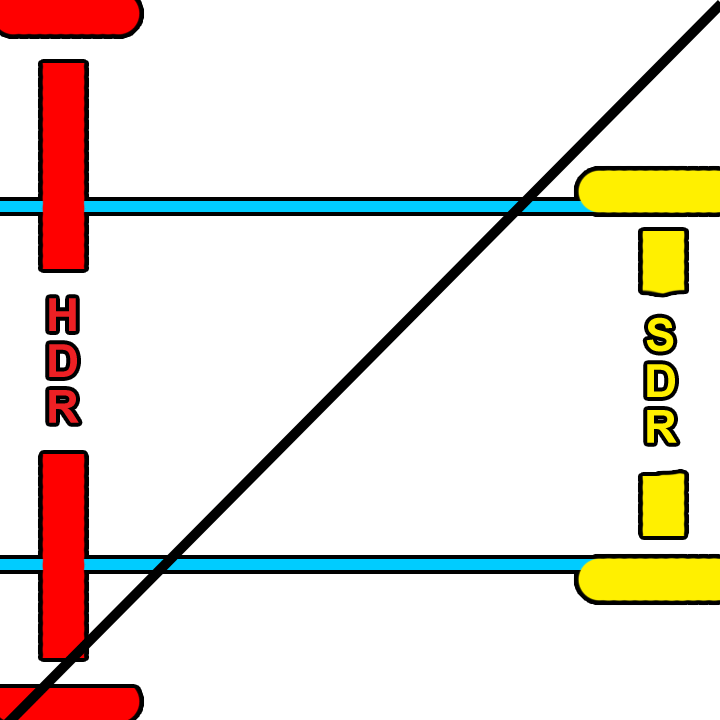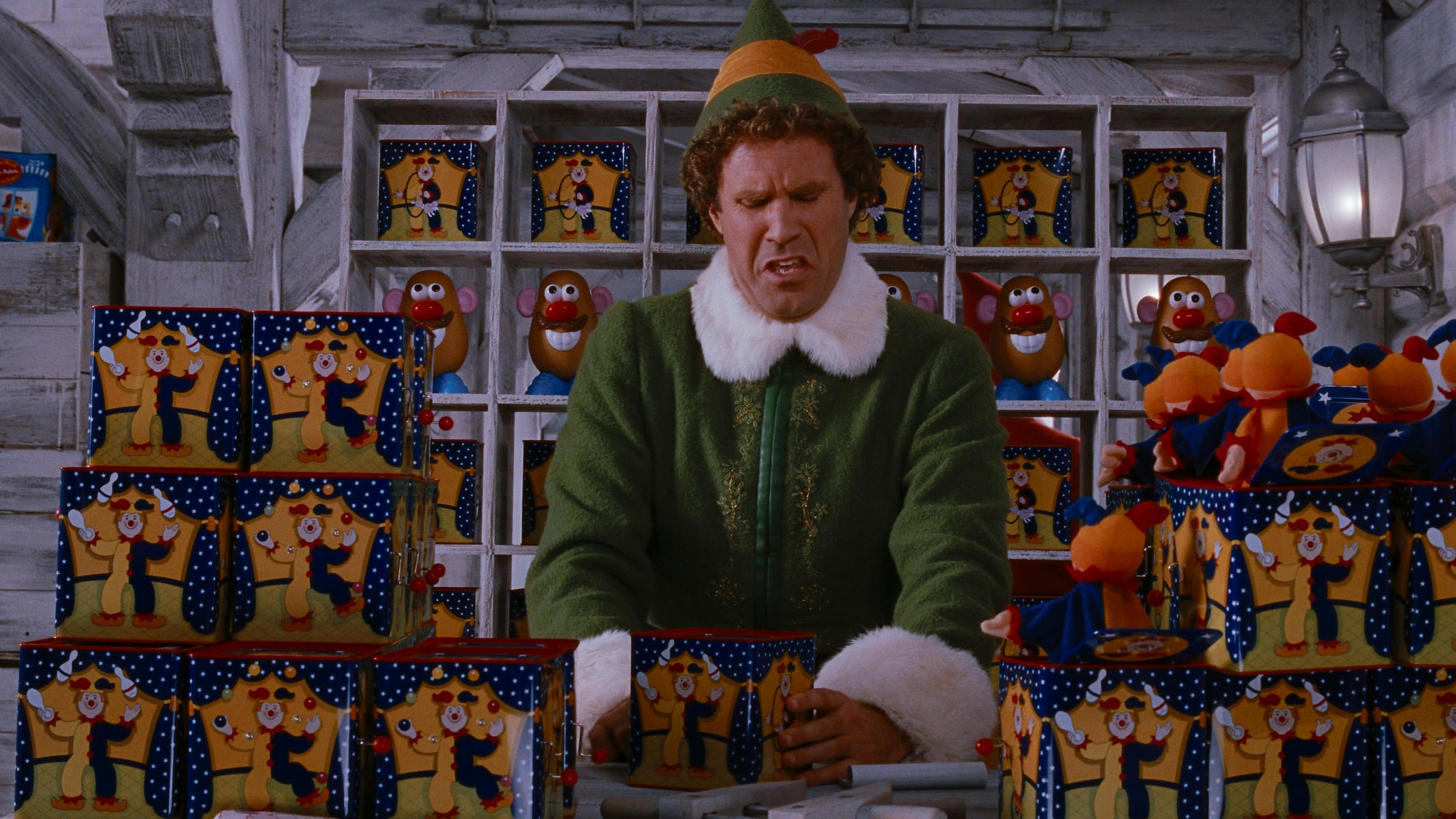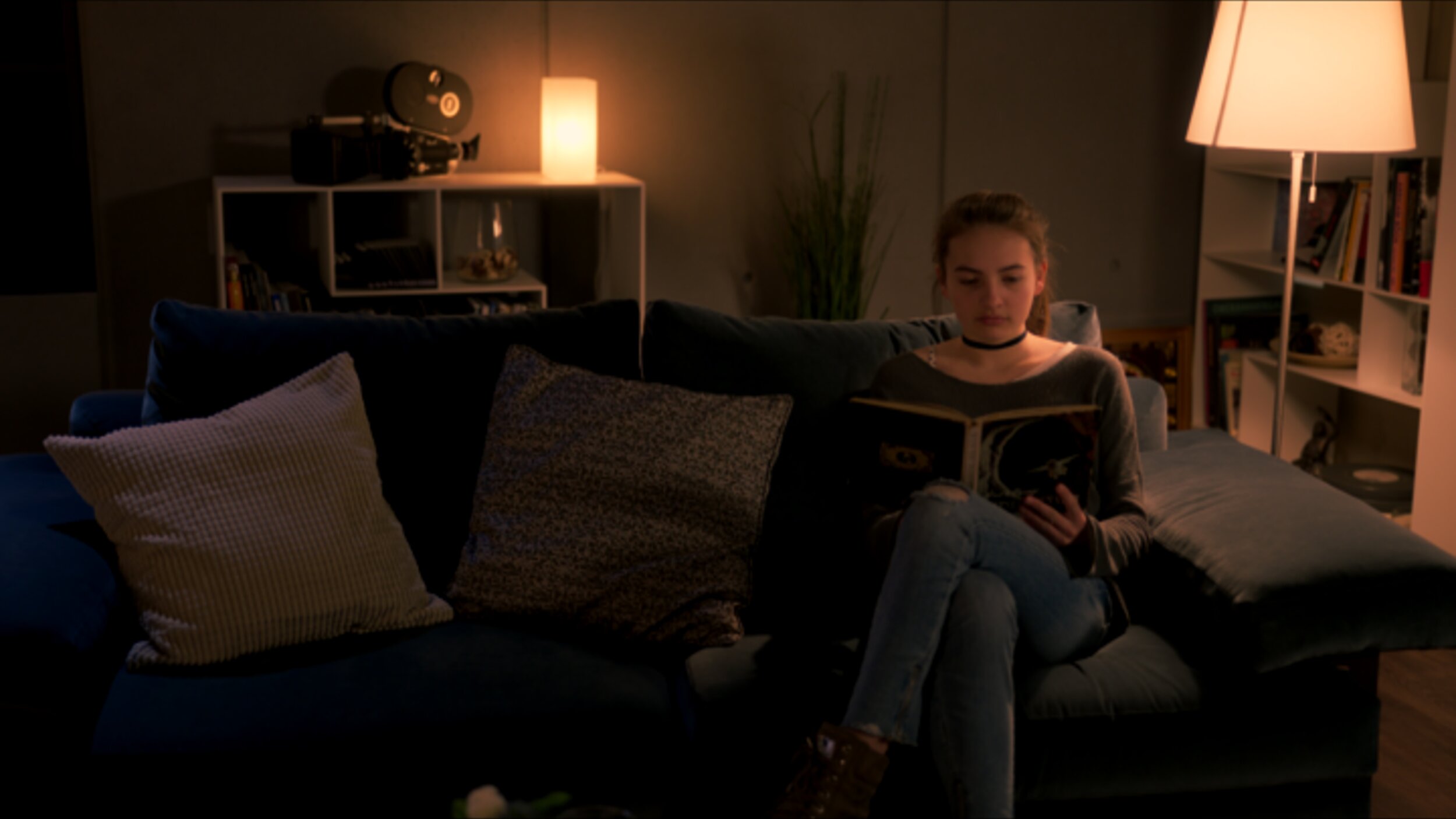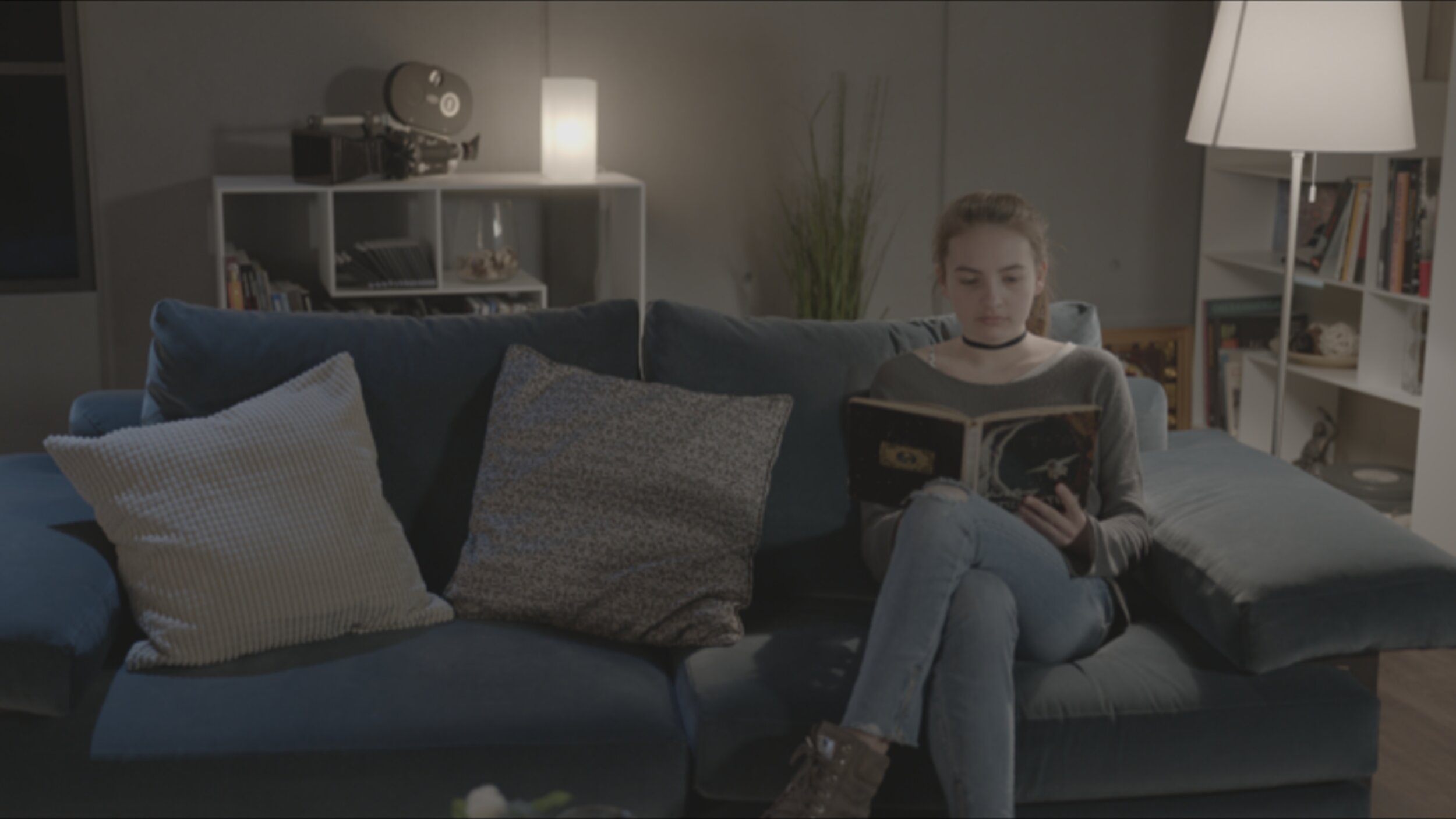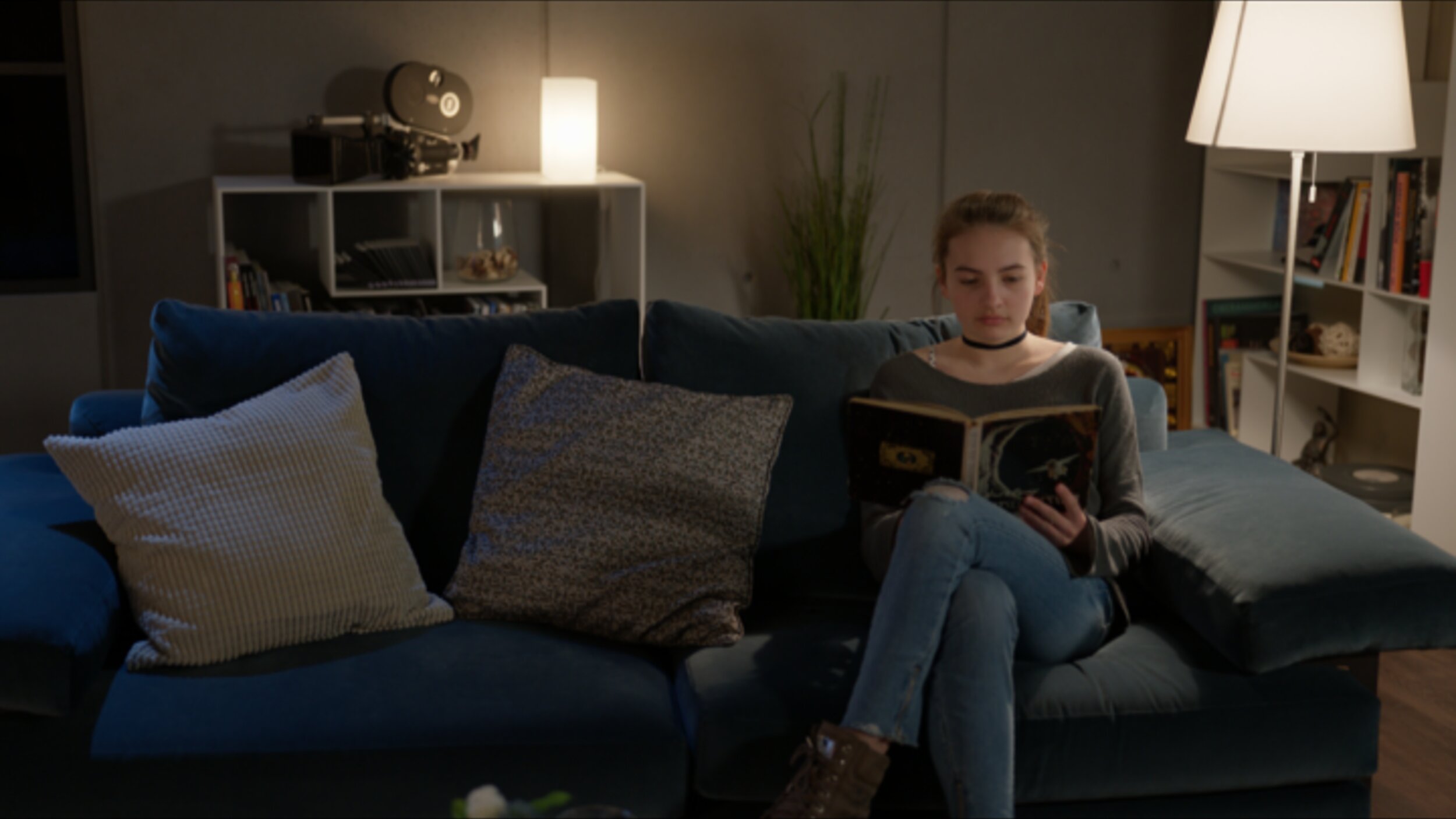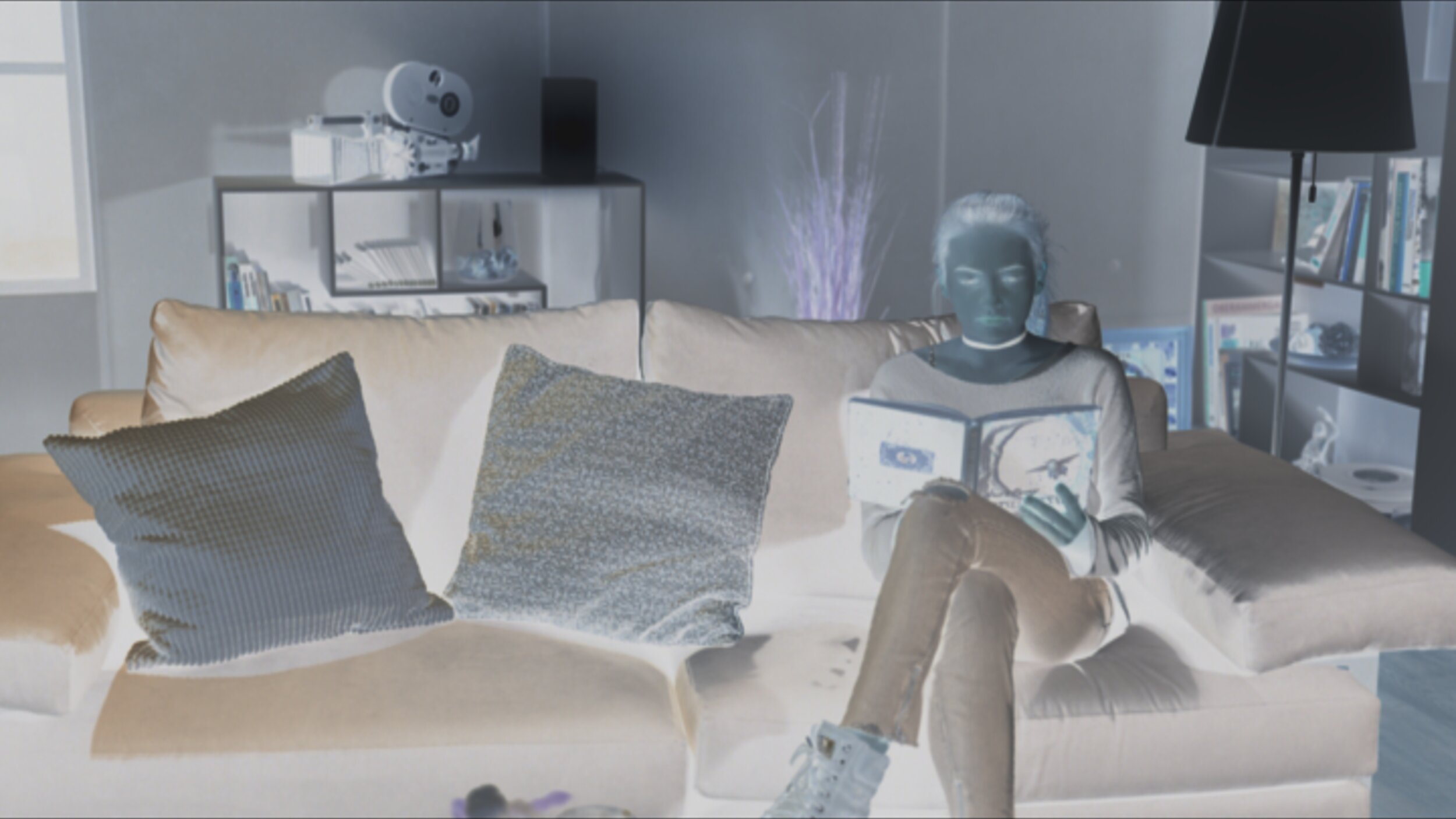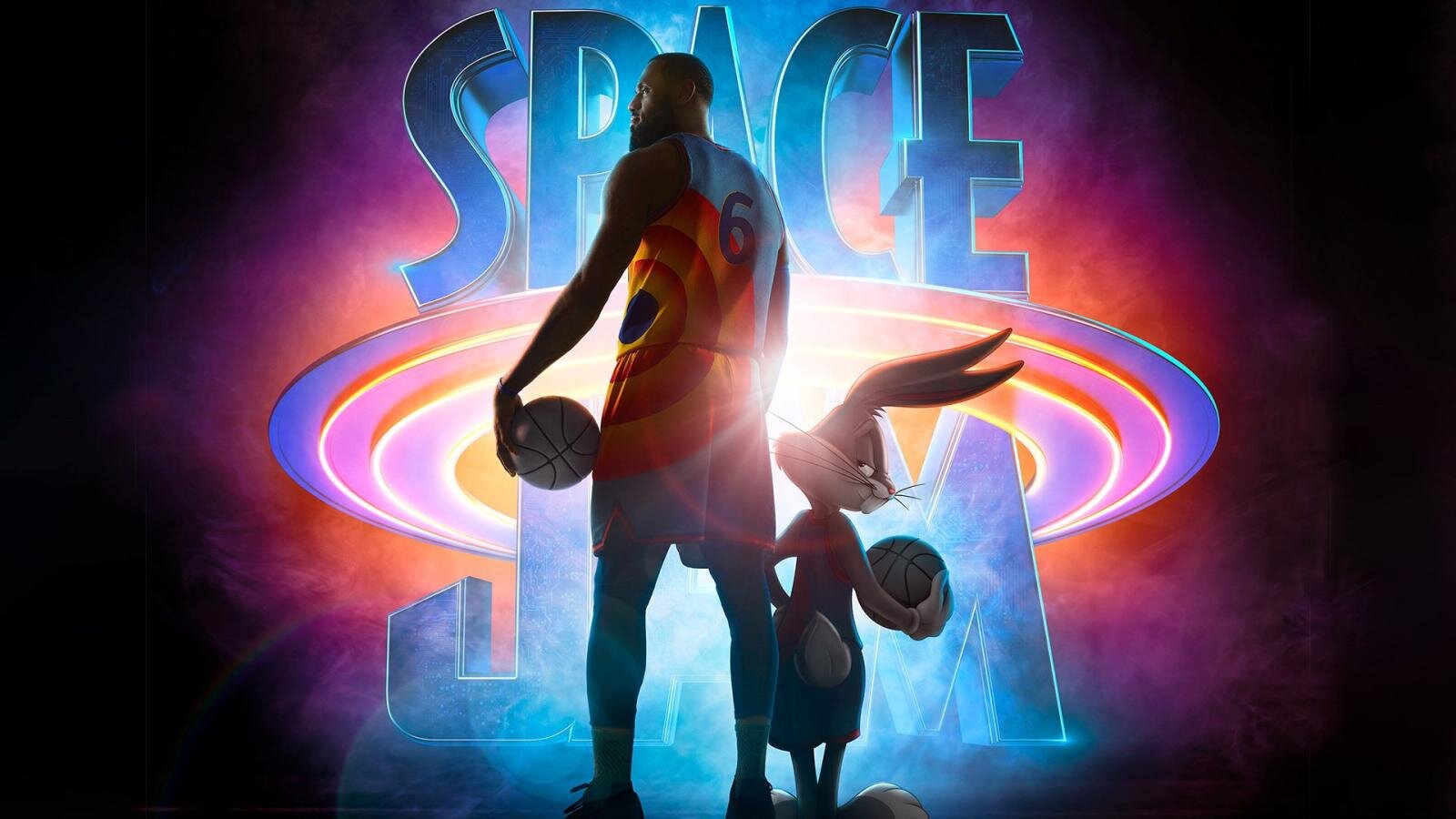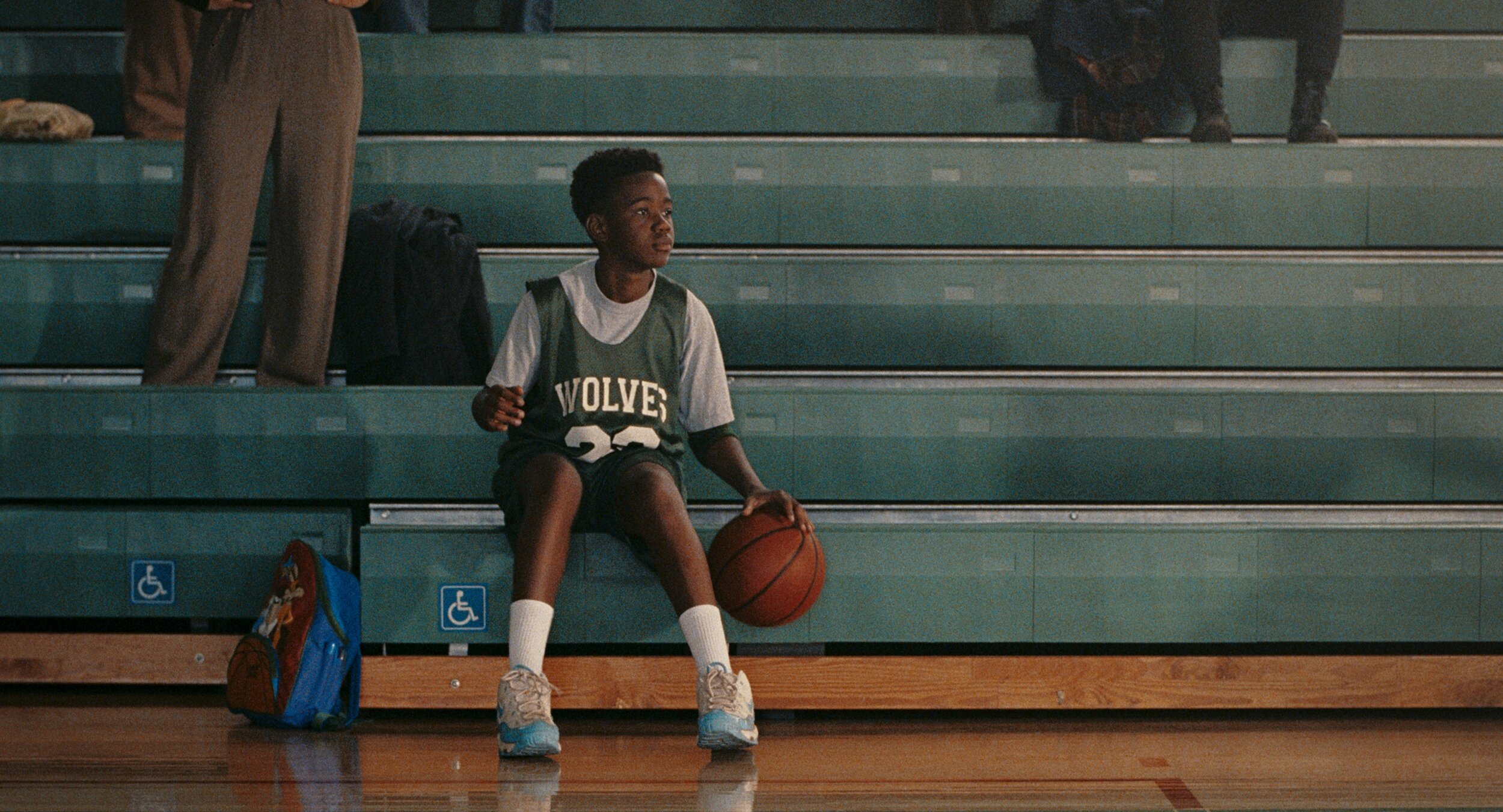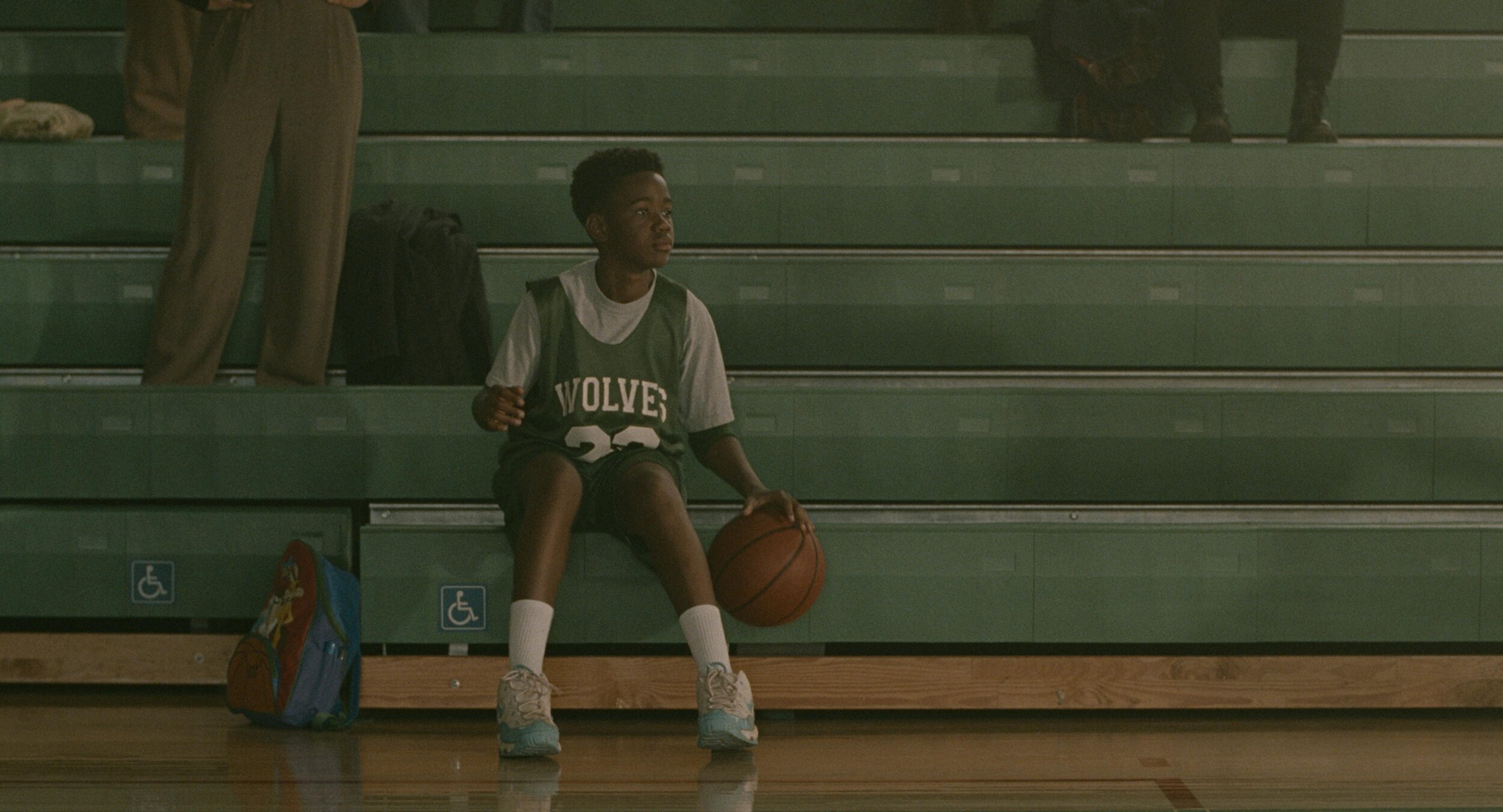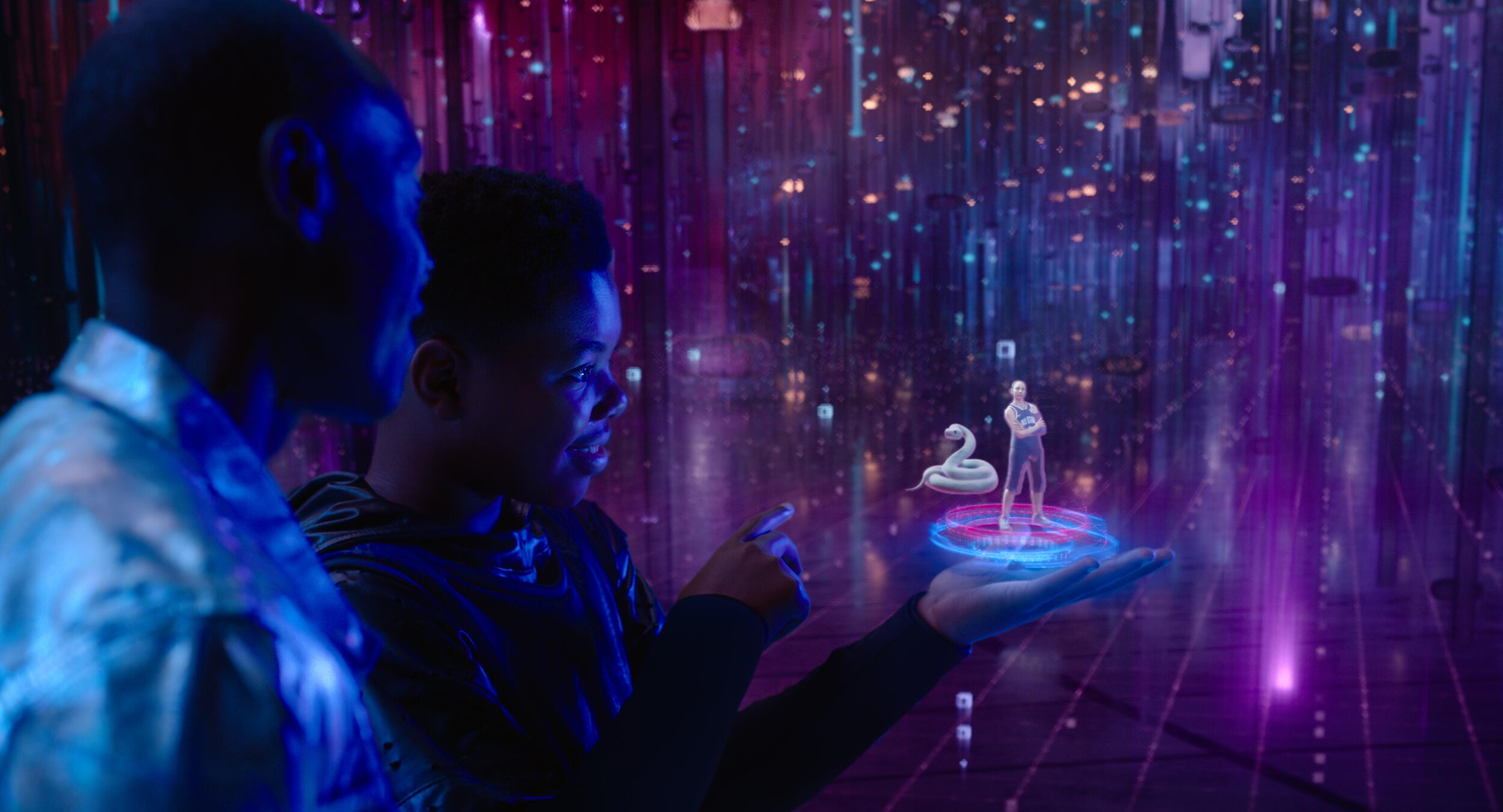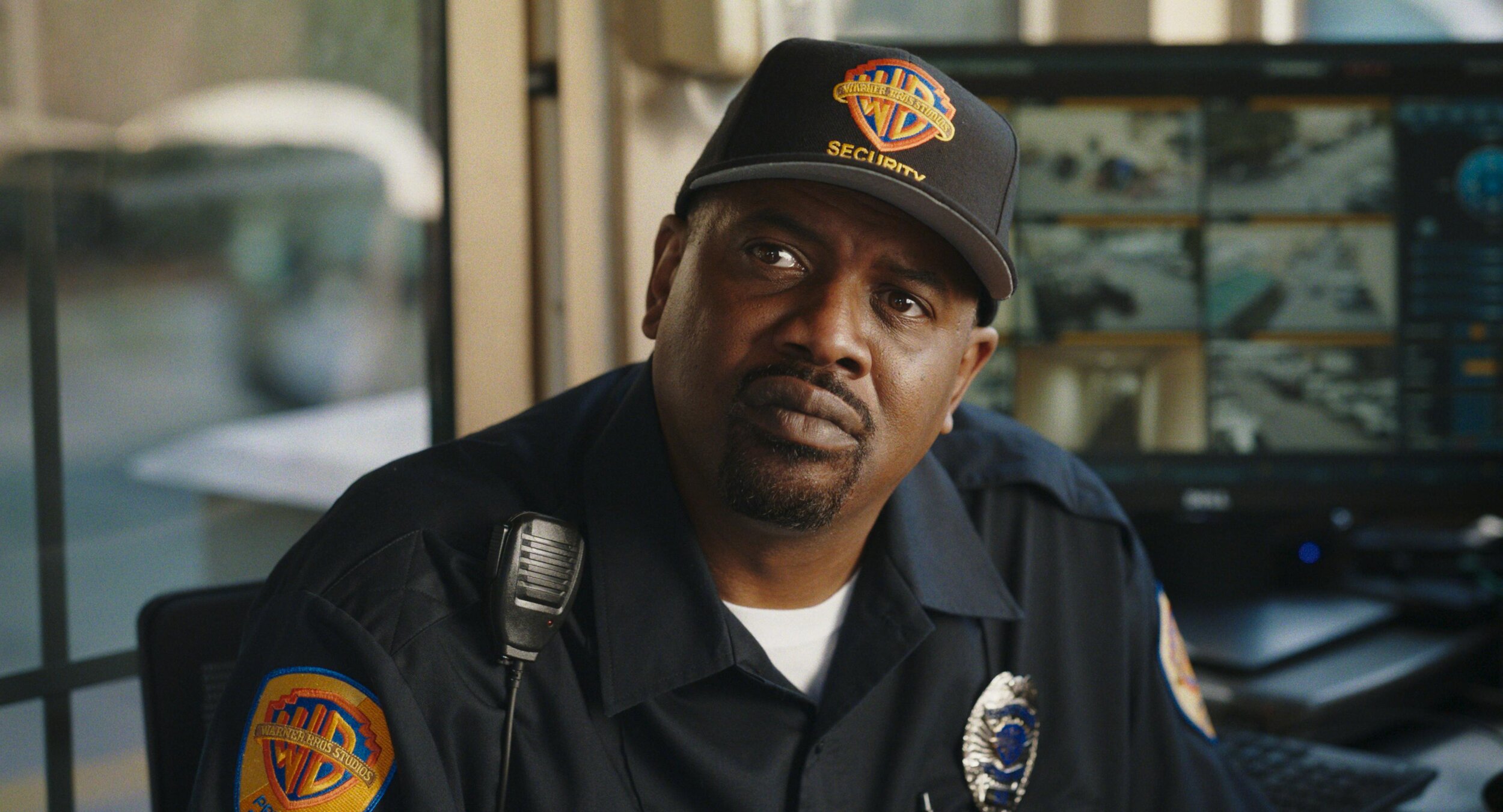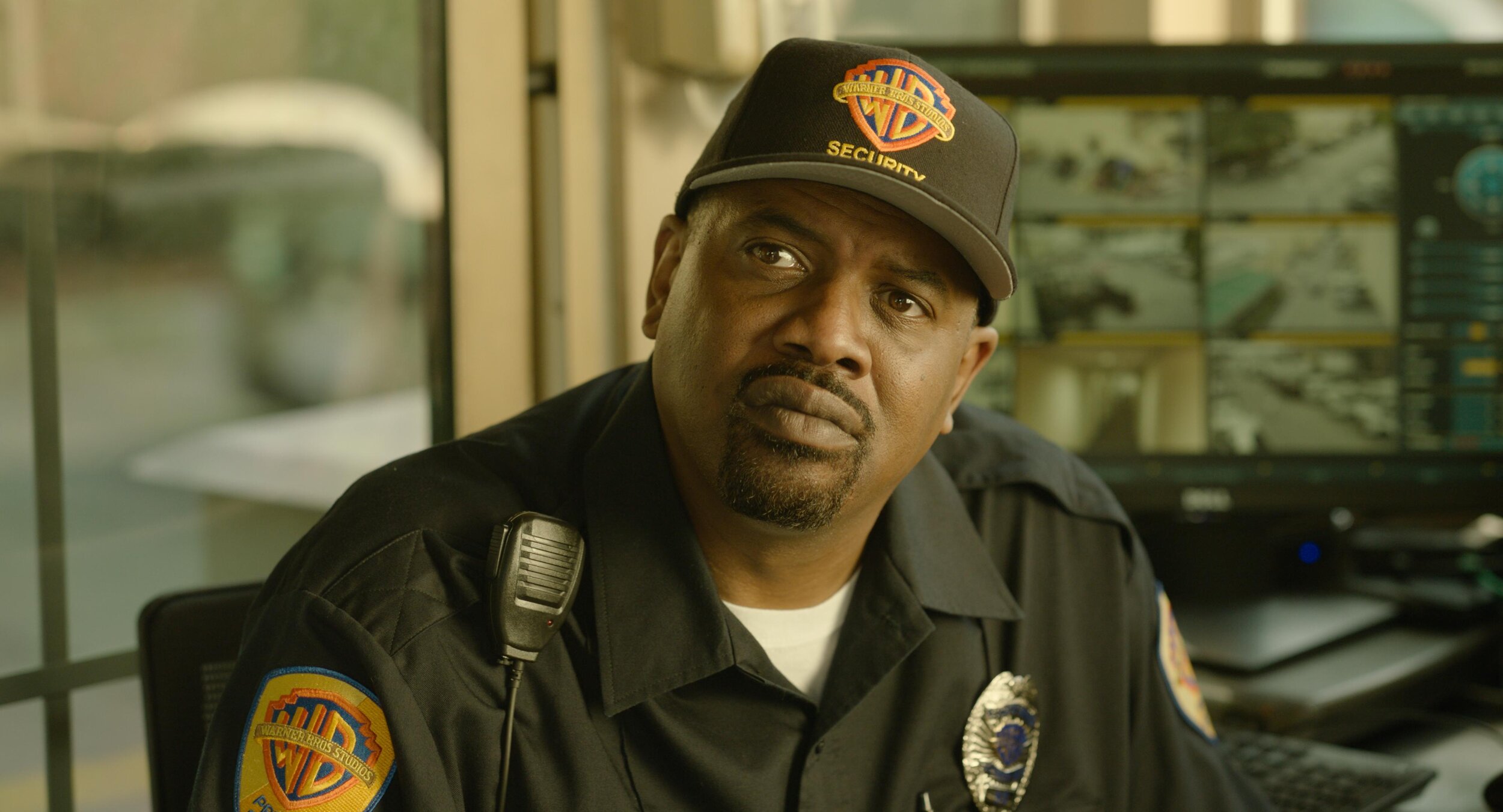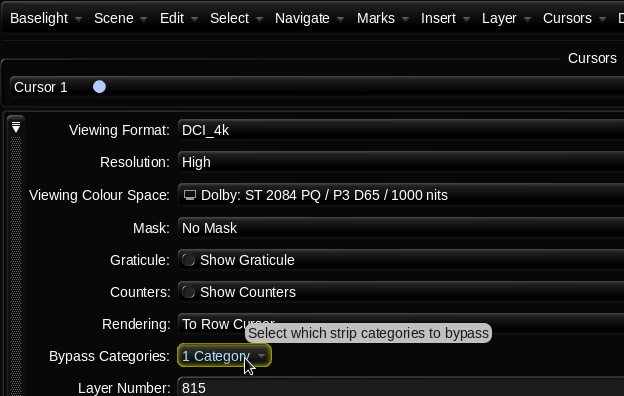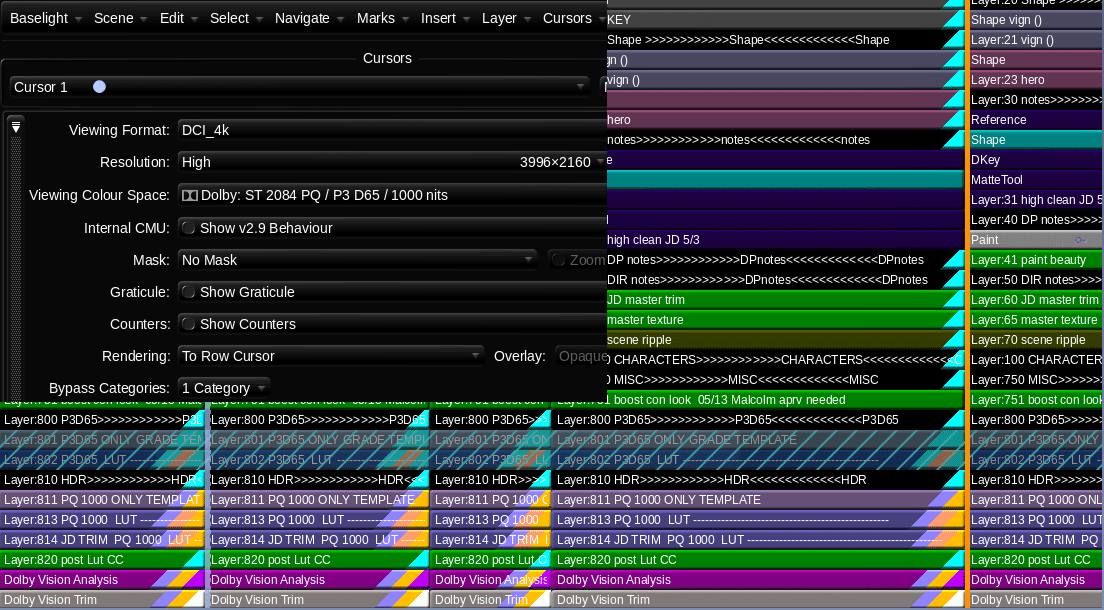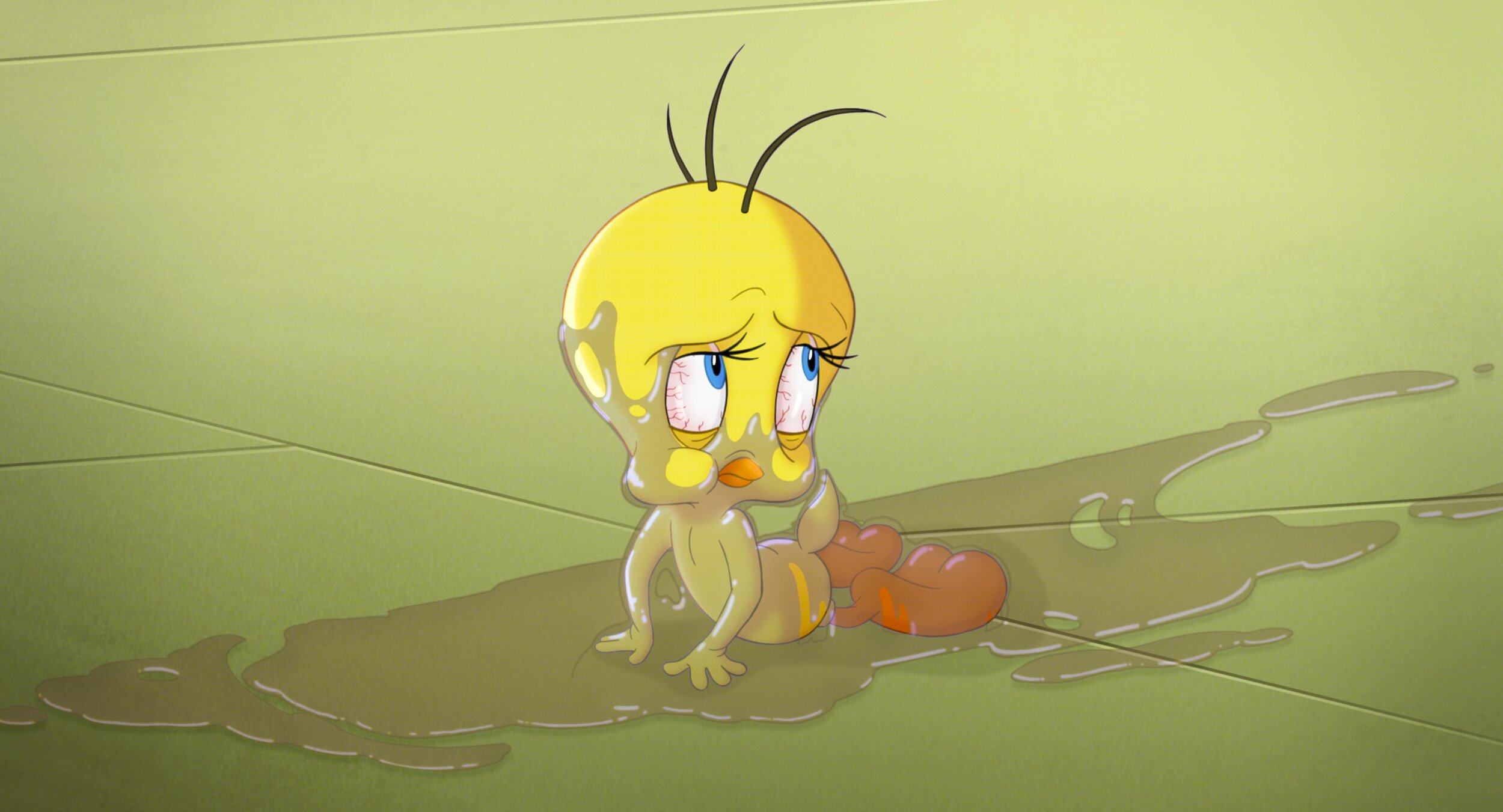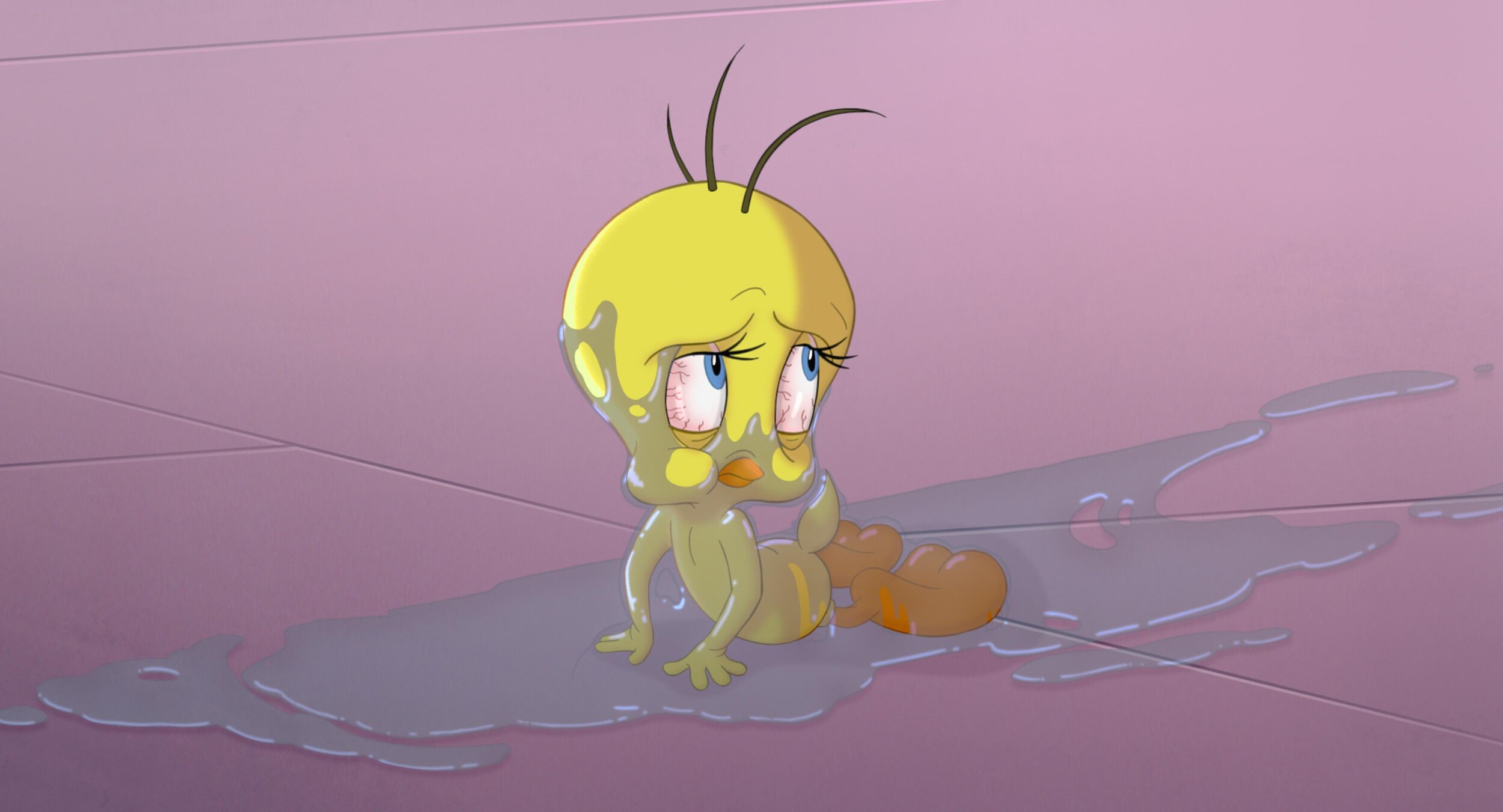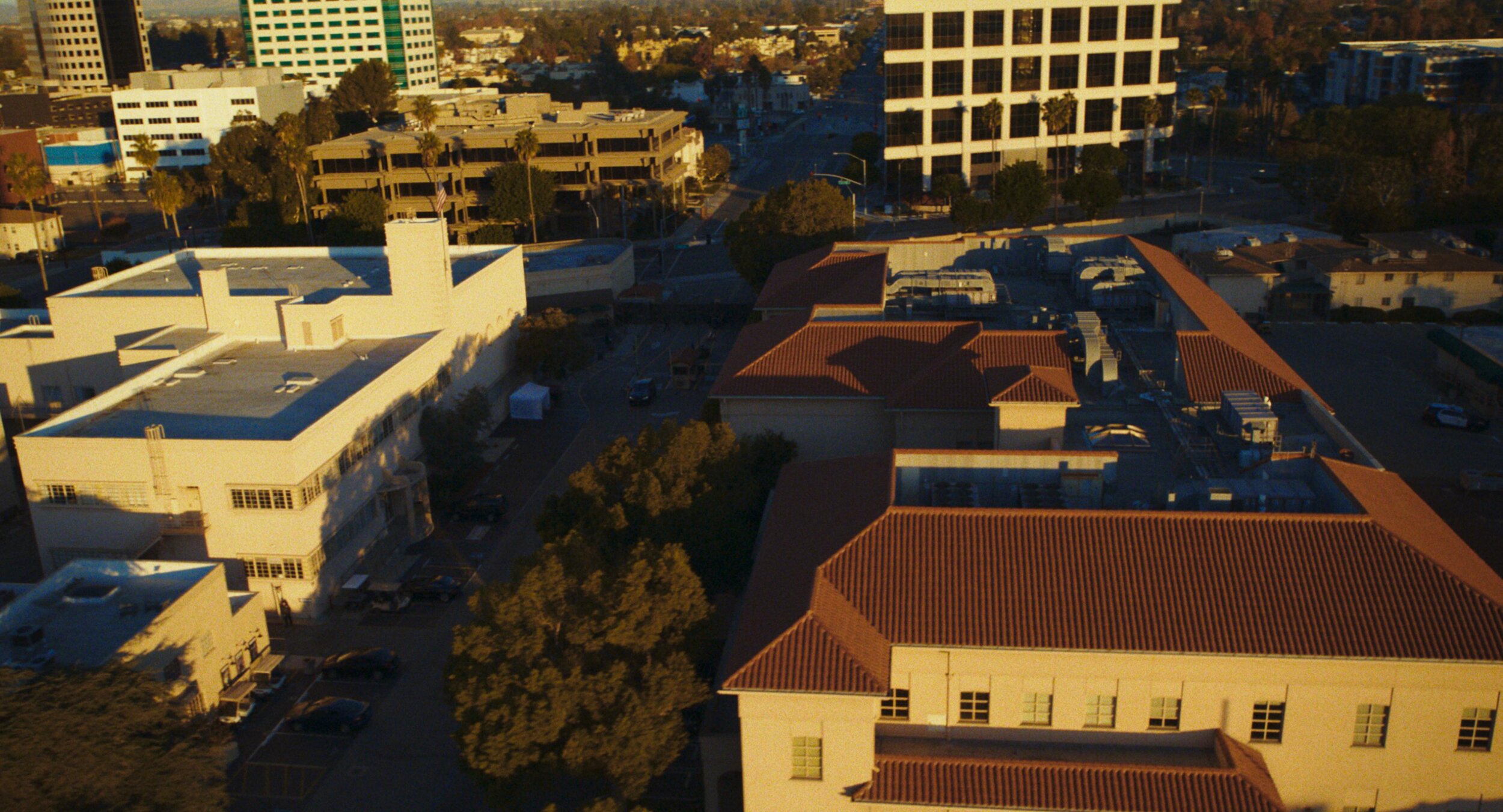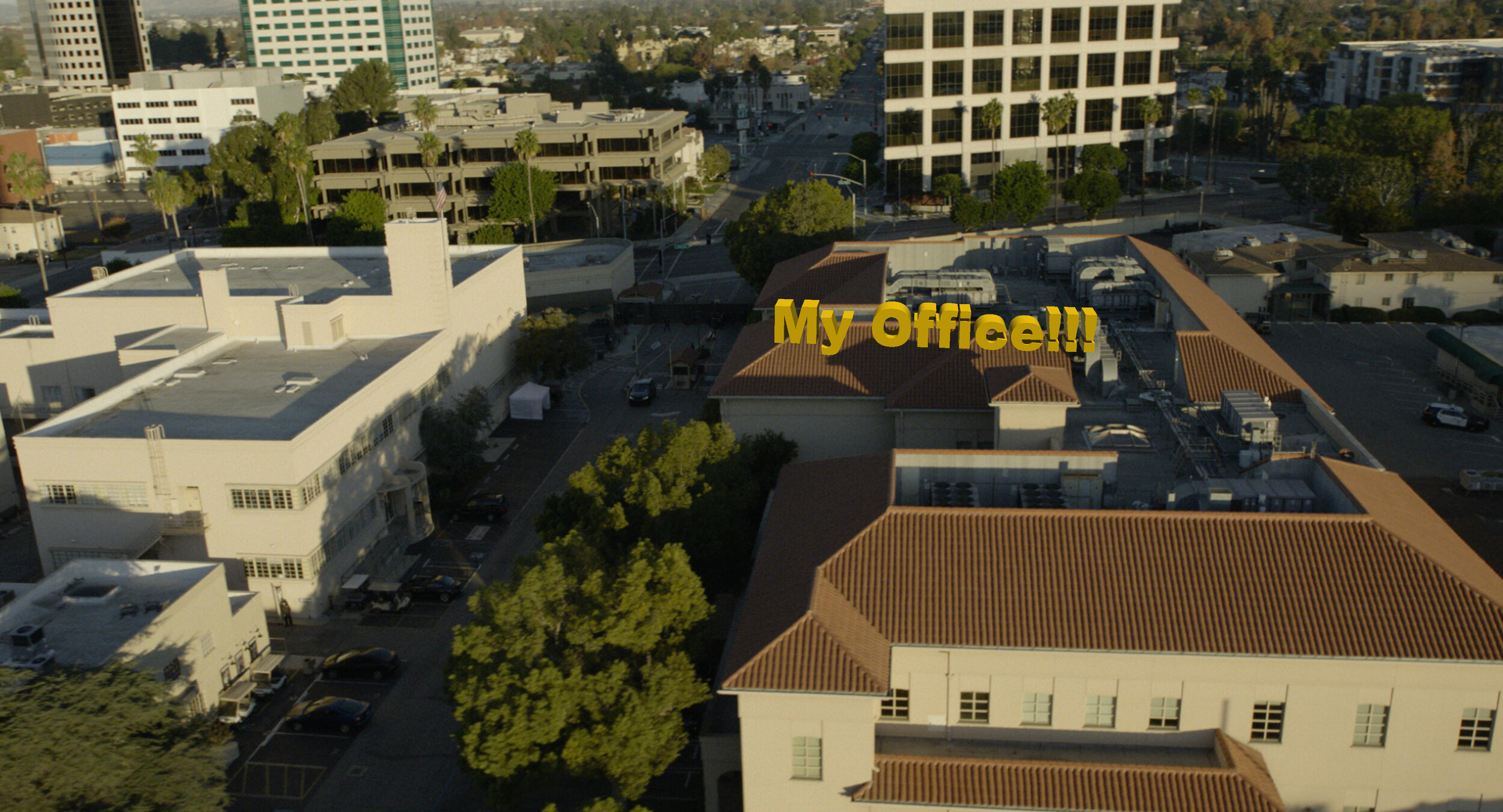Your Before and Afters Shouldn’t be That Drastic
There is always a base look for a project. Whether this is the standard camera curves or something custom from a colorist. This should be considered the stock for the show. Colorists are there to help the DP and Director create a particular feeling or response to a set of images. The best grades are the simplest ones. Sure, there are times when shapes are necessary, but your DP knew this on the day, did the cost-benefit analysis, and knew what they could achieve in the DI bay. Most before and afters should show a subtle hand. One that is repeatable so the Director and DP can get consistent and expected results.
When is Log Viewing Appropriate
Filmmakers often want to see their un-LUT’d images. This is always in a technical capacity. It is not uncommon for a DP to want to see a log feed on set to confirm exposure or a director that wants to see their VFX with the LUT off to feel confident that the vfx work is clean and not hiding under the LUT. That said, there is rarely a time when the log image helps you evaluate the beauty or feeling of an image. This should always be done in a display referred space. There was a period, circa 2010 (right around when the first Alexas came out) where a flat washed-out picture was in vogue. I have a hunch this was caused by a creative seeing an un-LUTed monitor and saying “that’s perfect! exactly like that.” Now that’s fine to find inspiration wherever it comes from, but I think we could have avoided that milky period in grading history.
Know your target
Your before and afters should always be in the same target space. The difference should be the work that went into it. You wouldn’t show your PQ HDR “after” in 709 without a transform, so please don’t do it with the log “before.”
